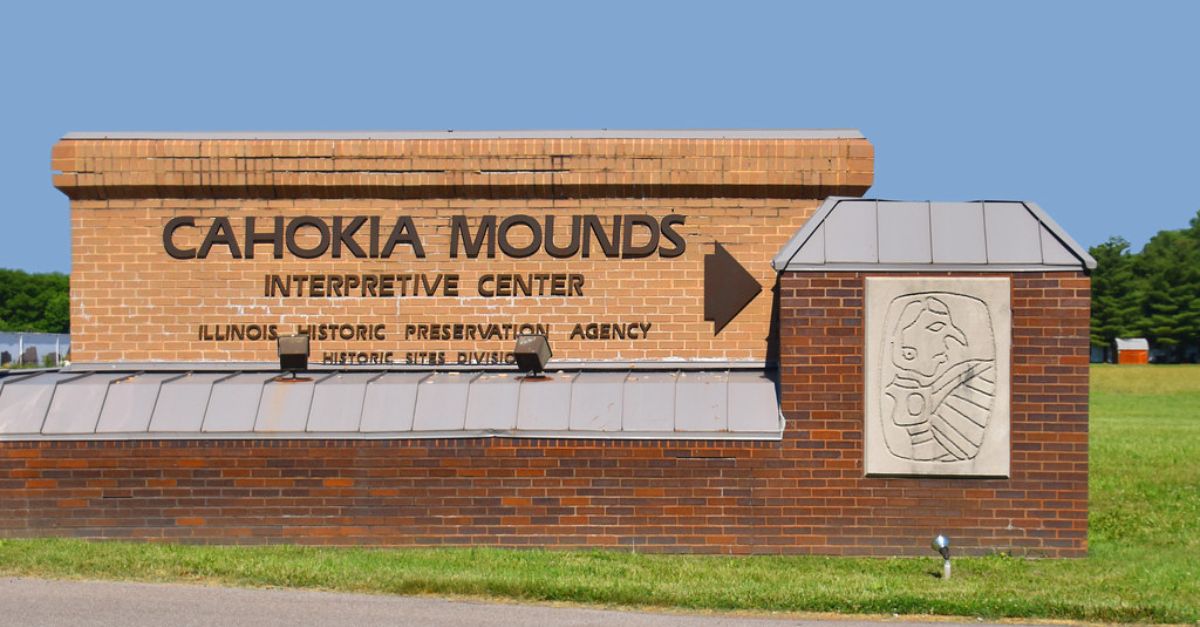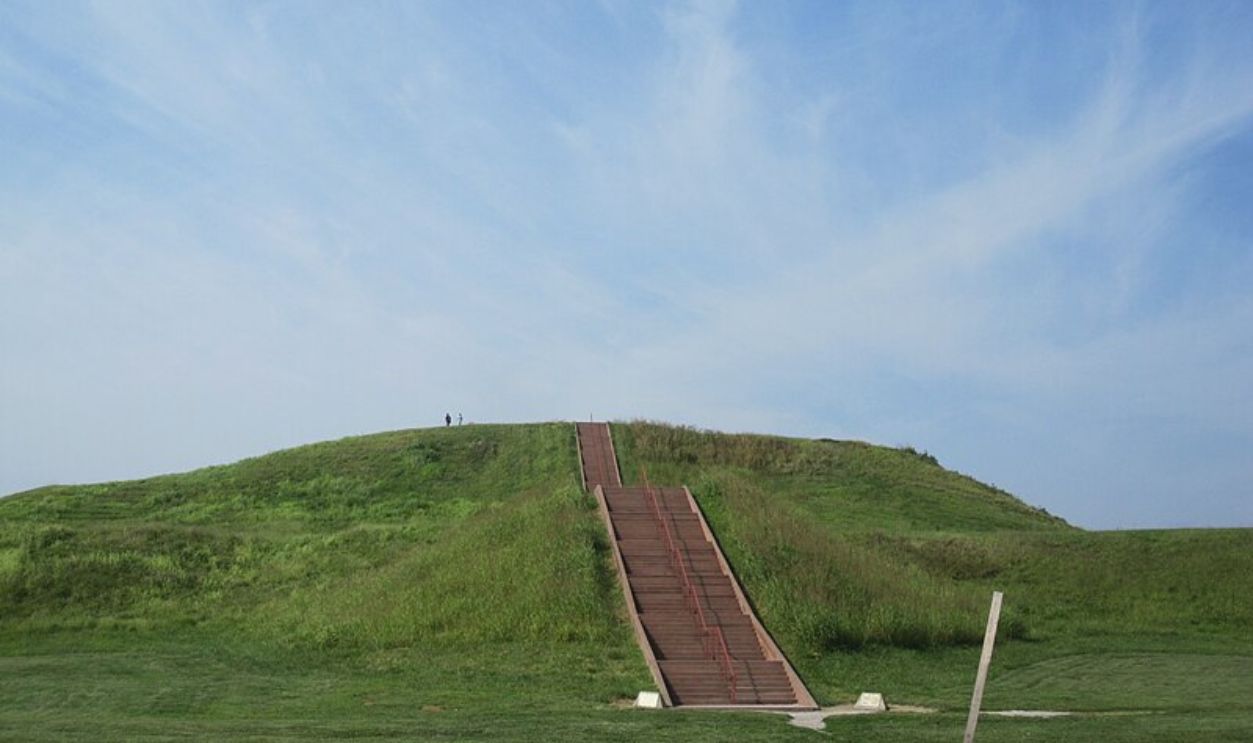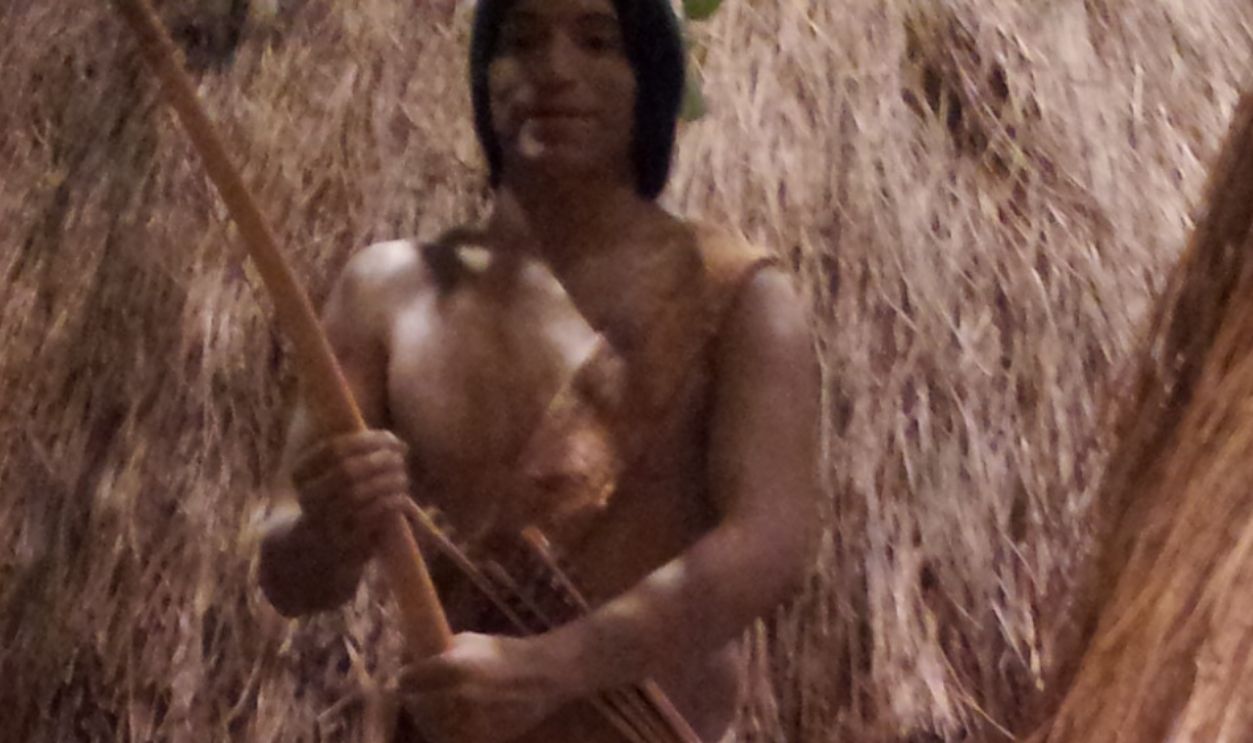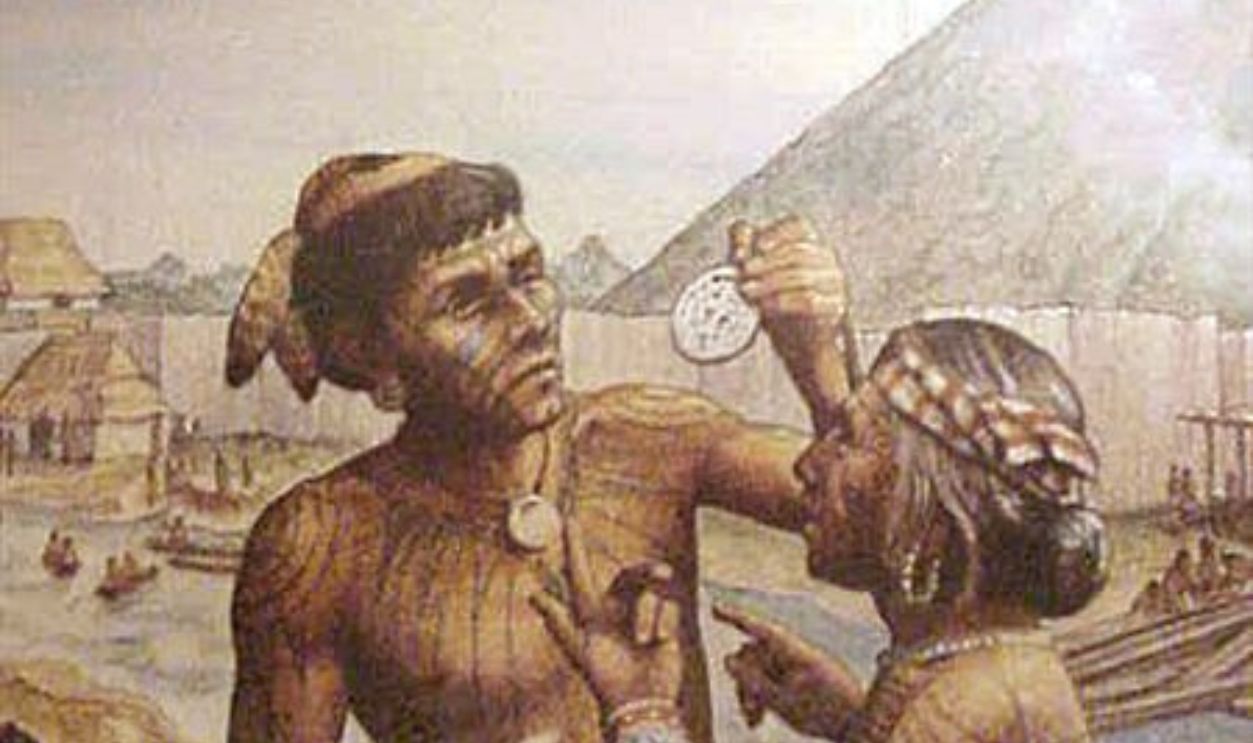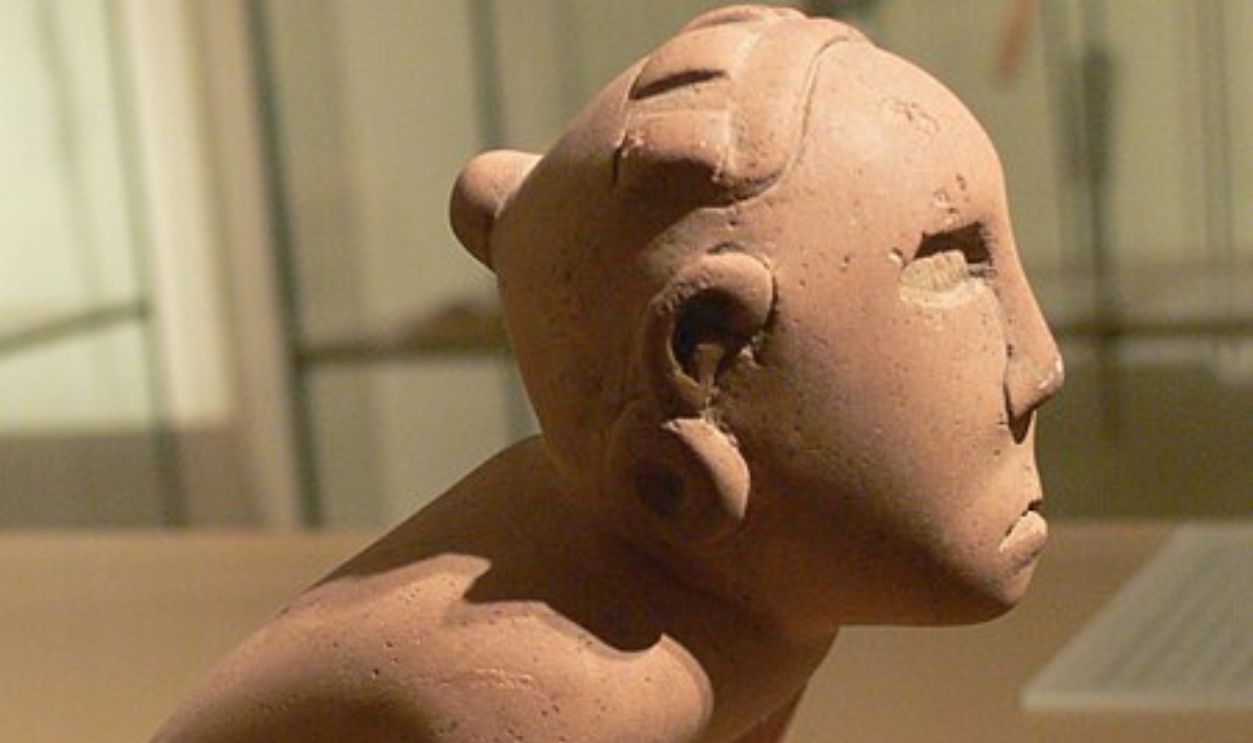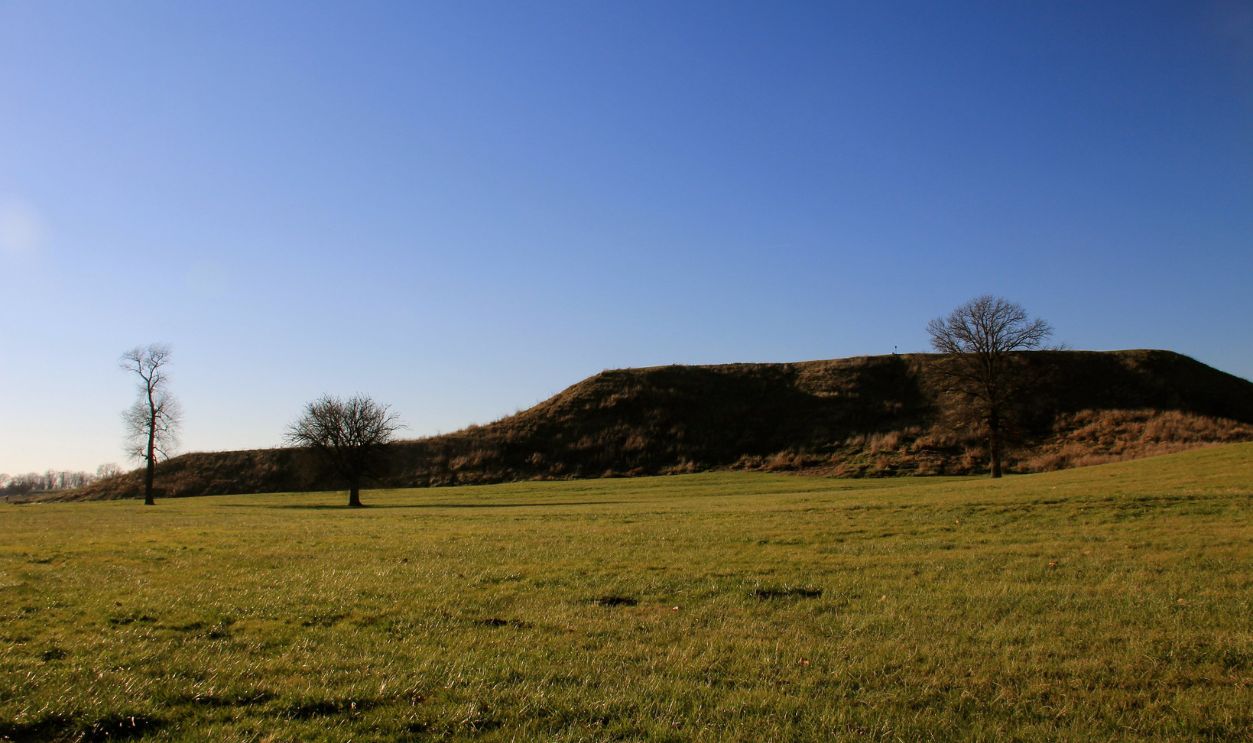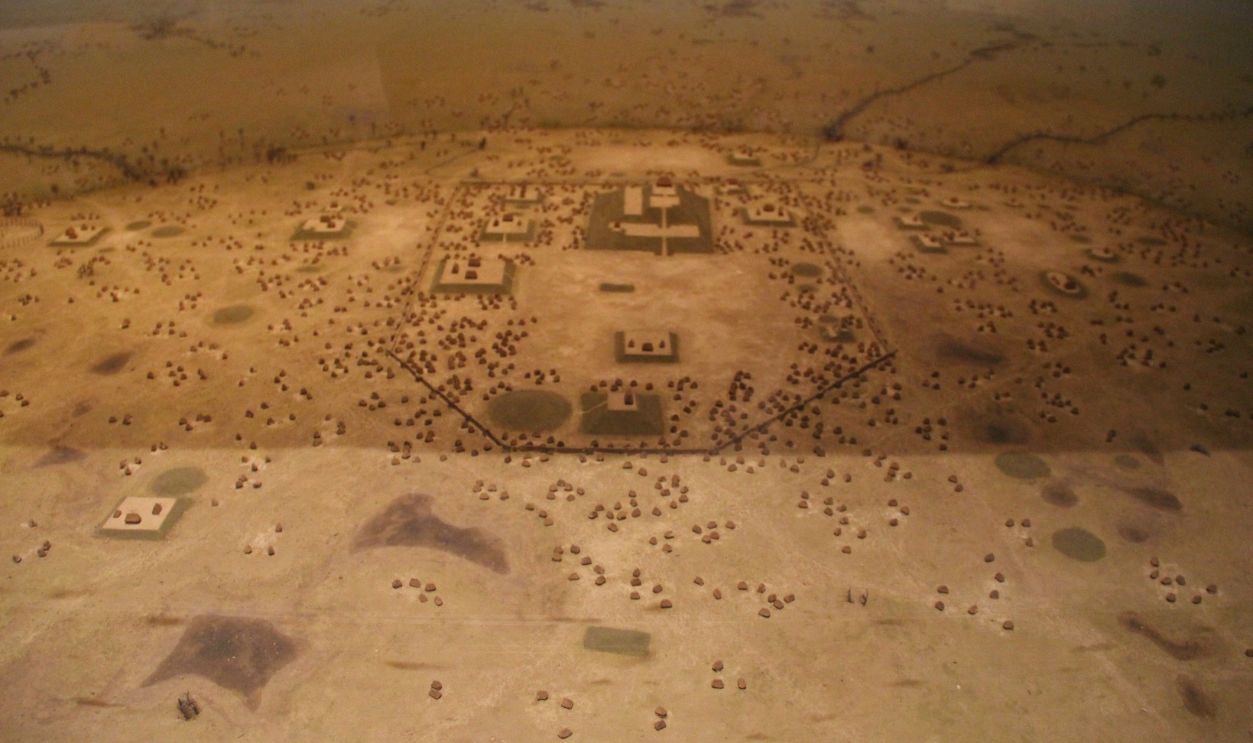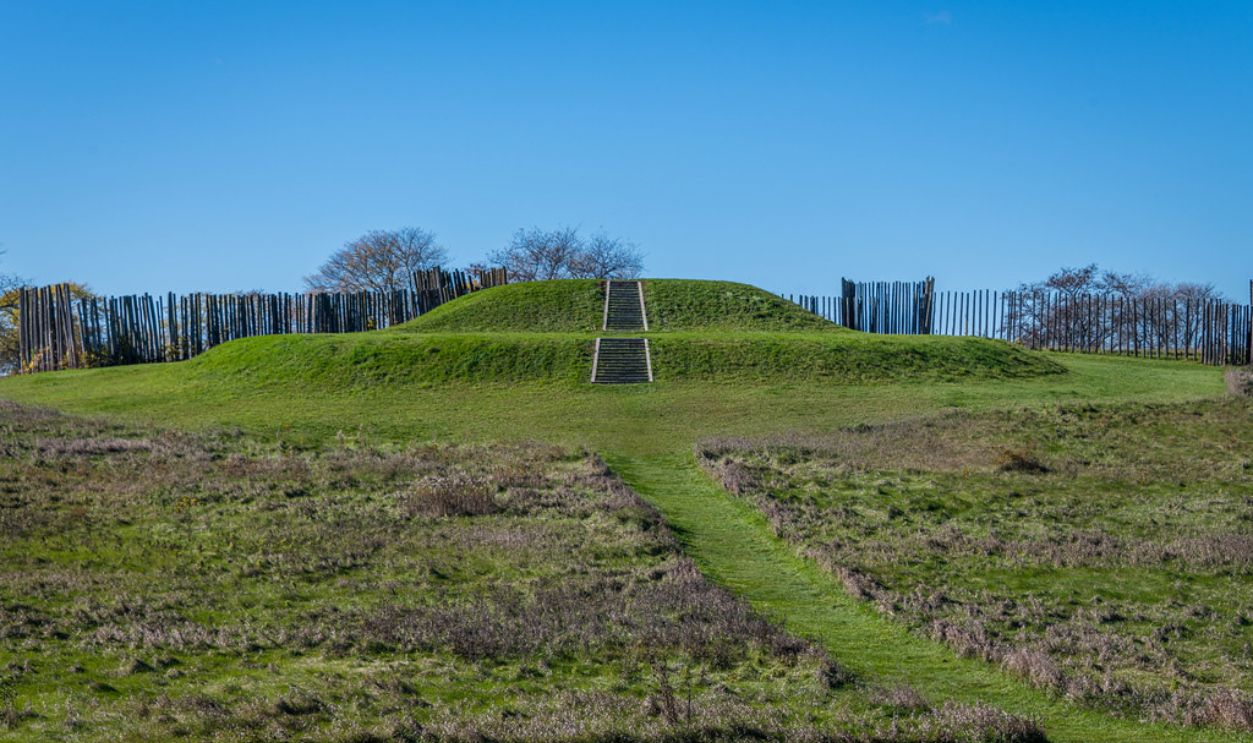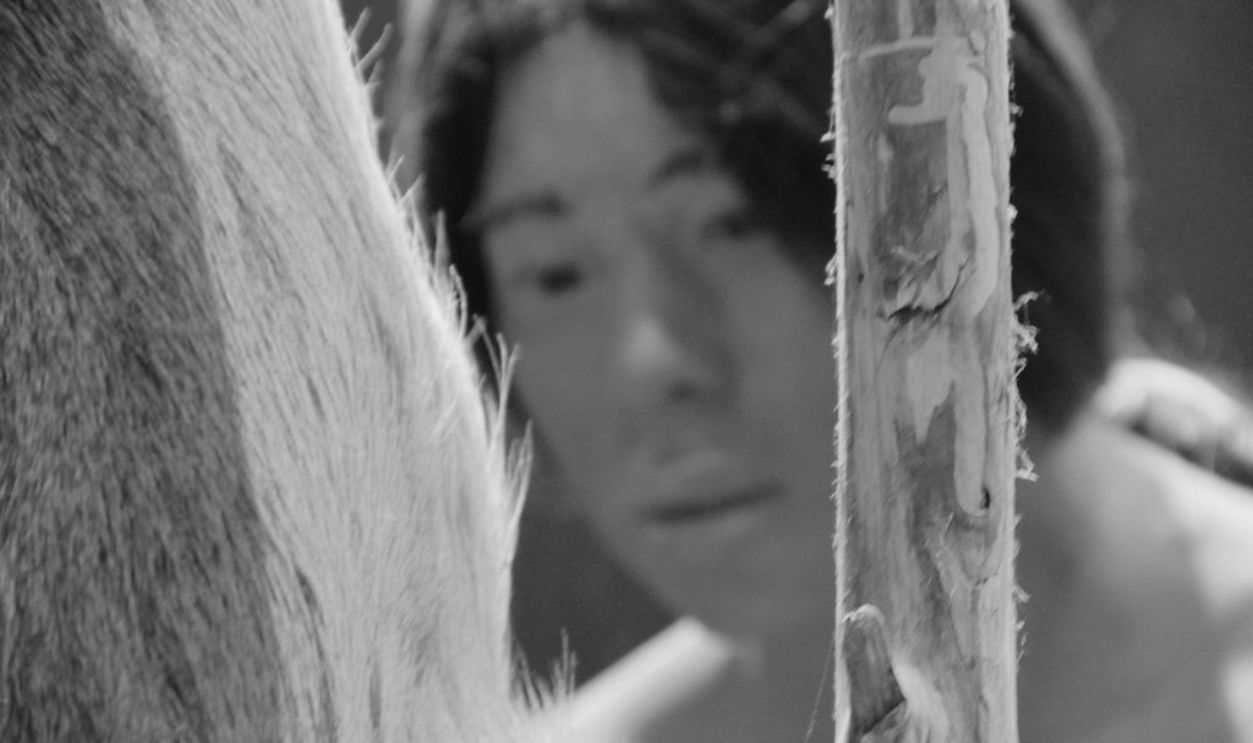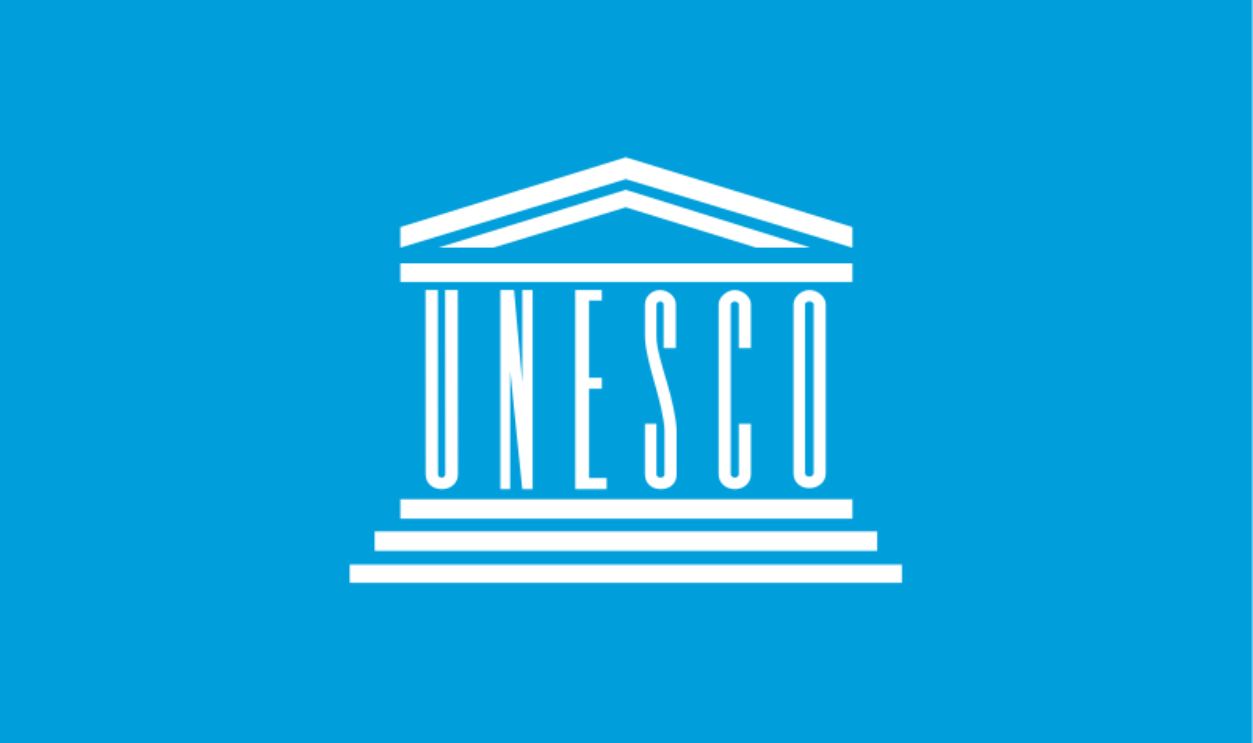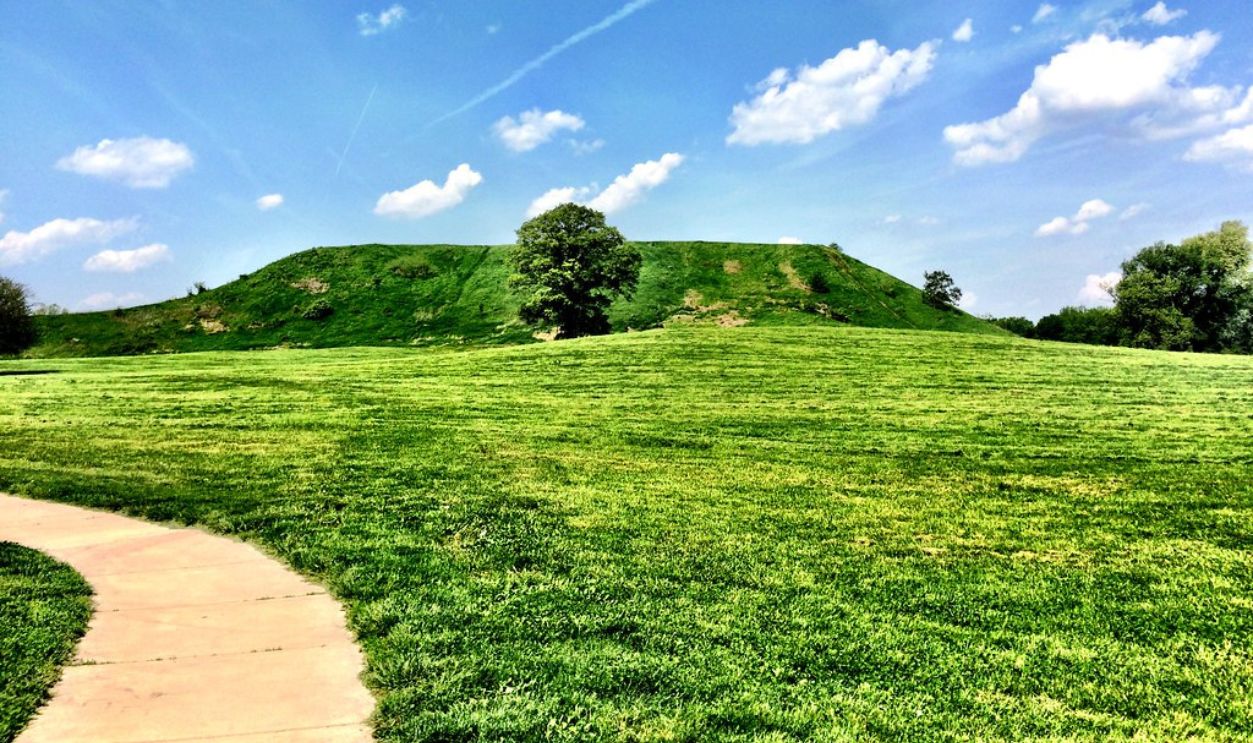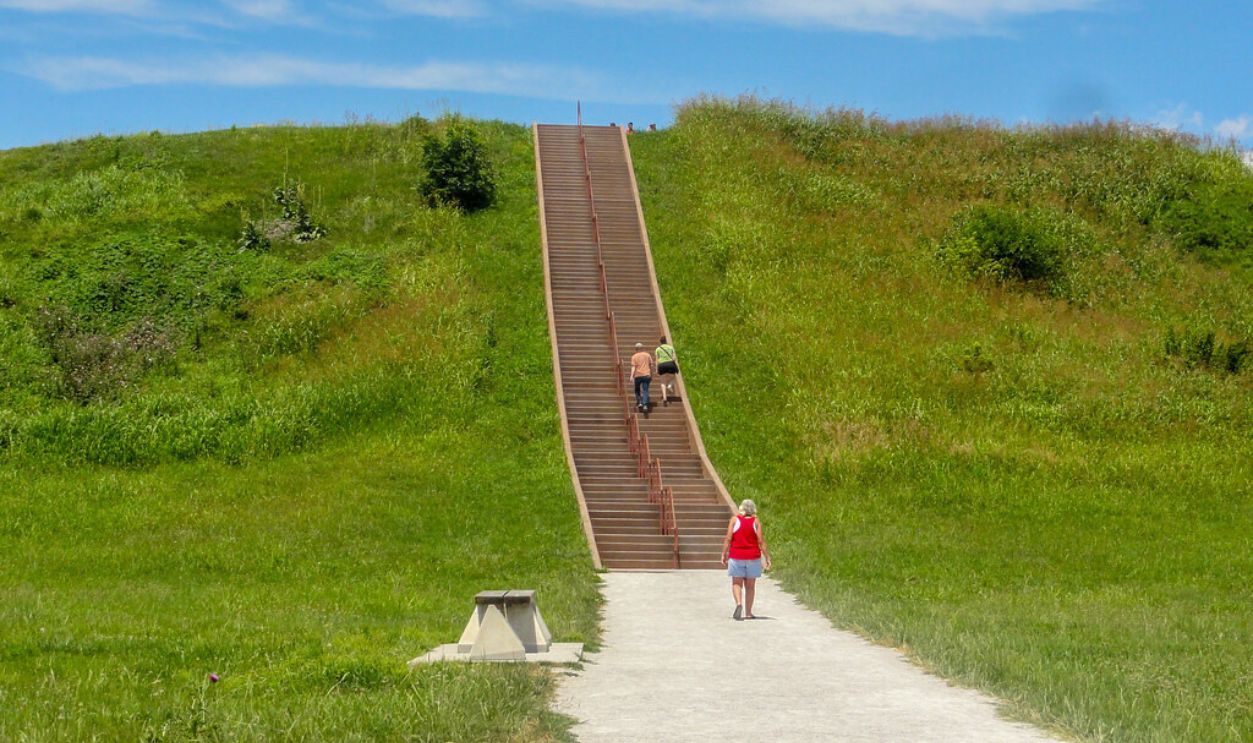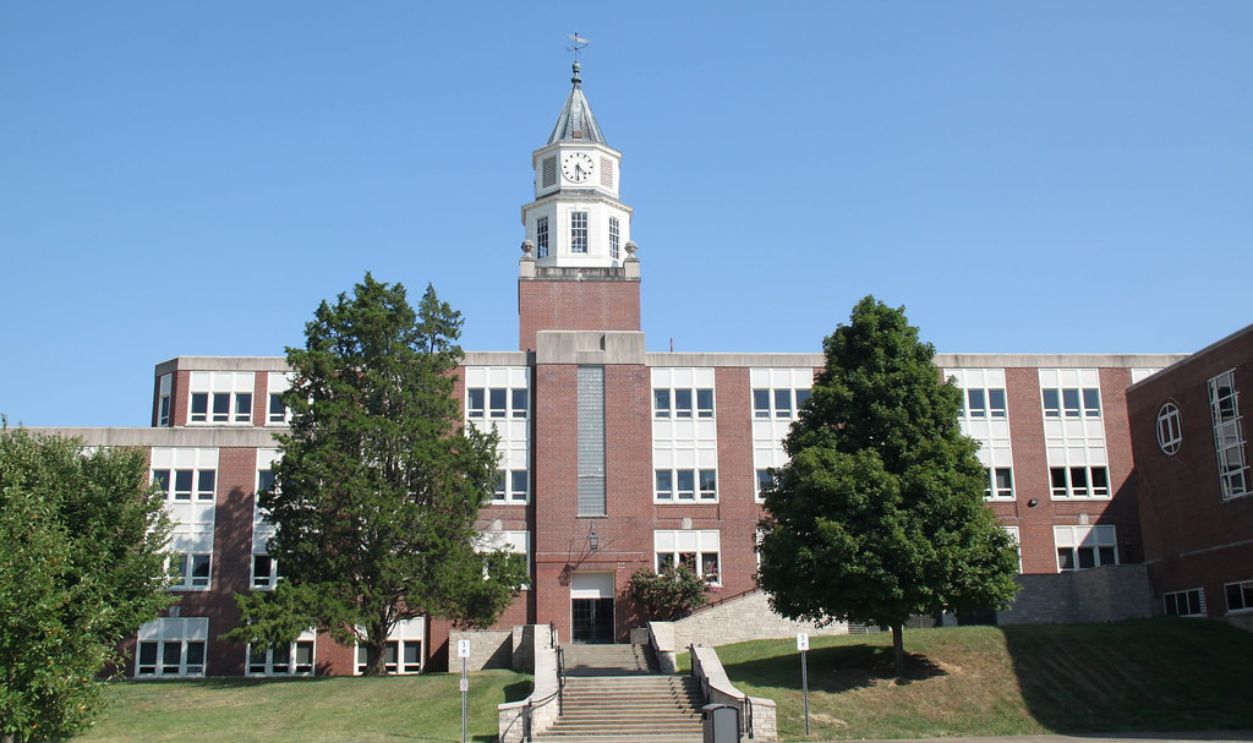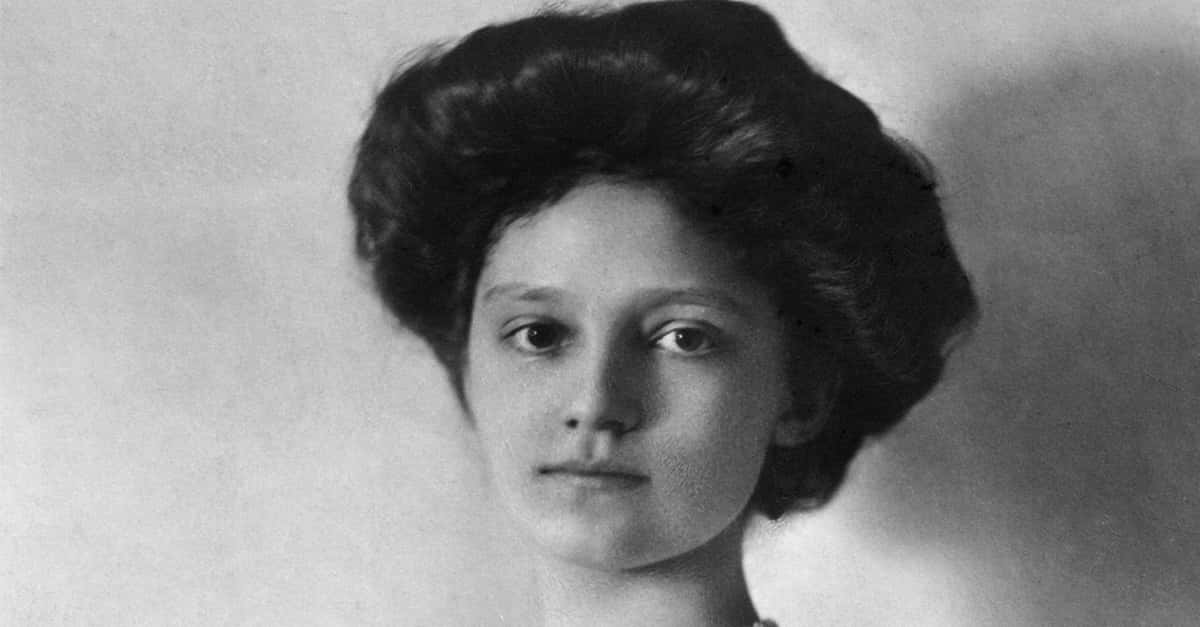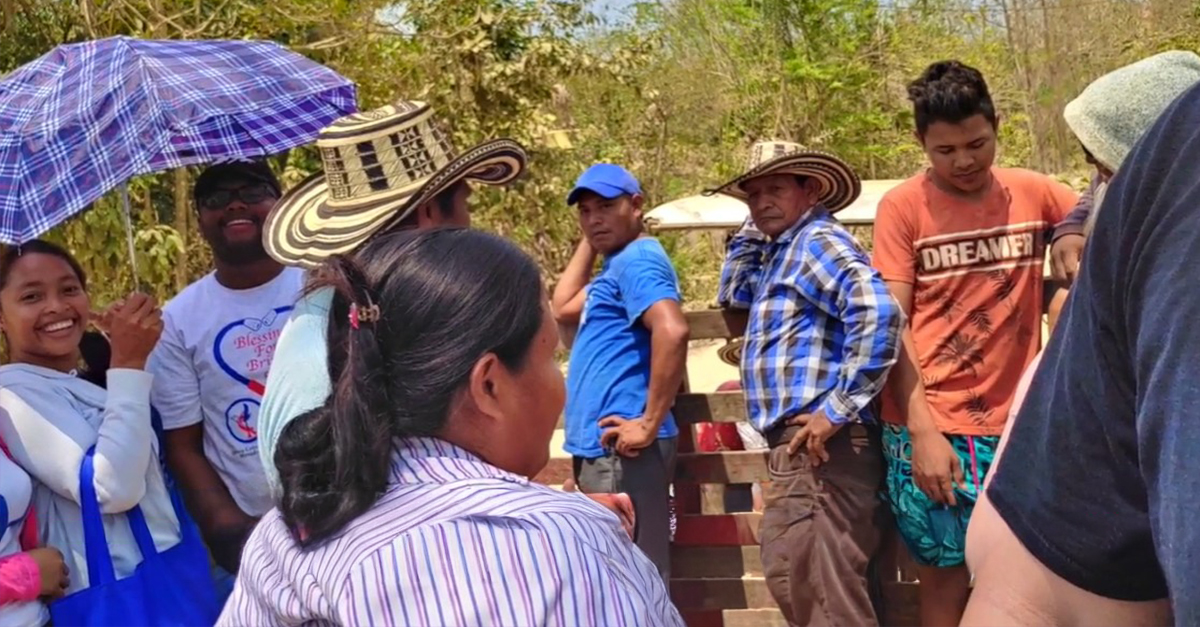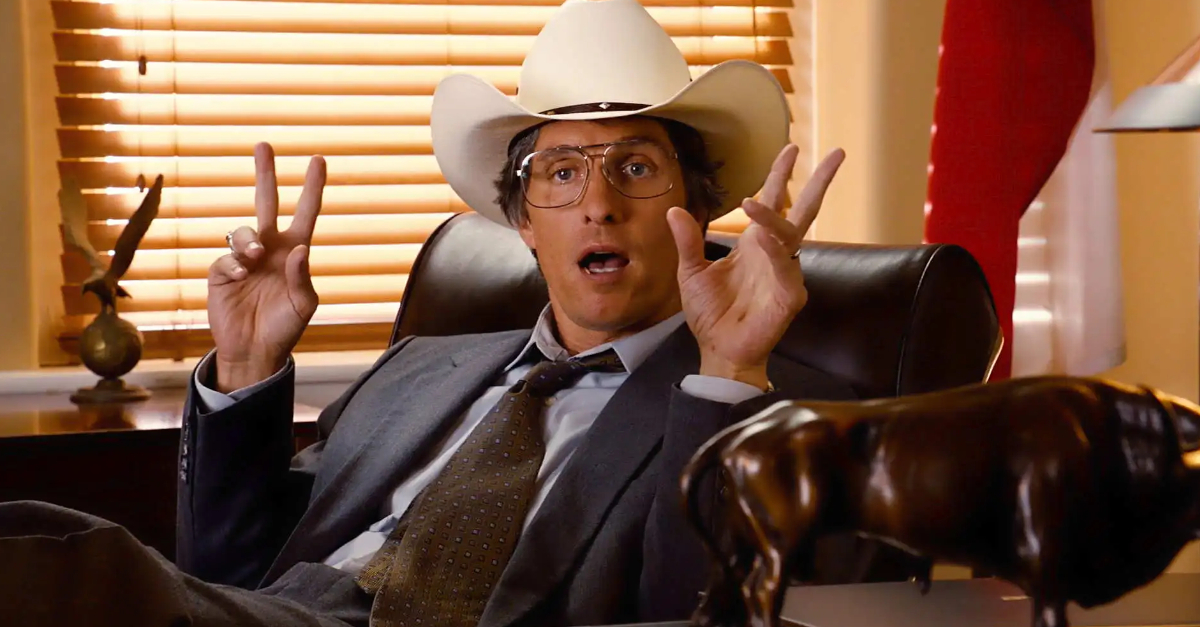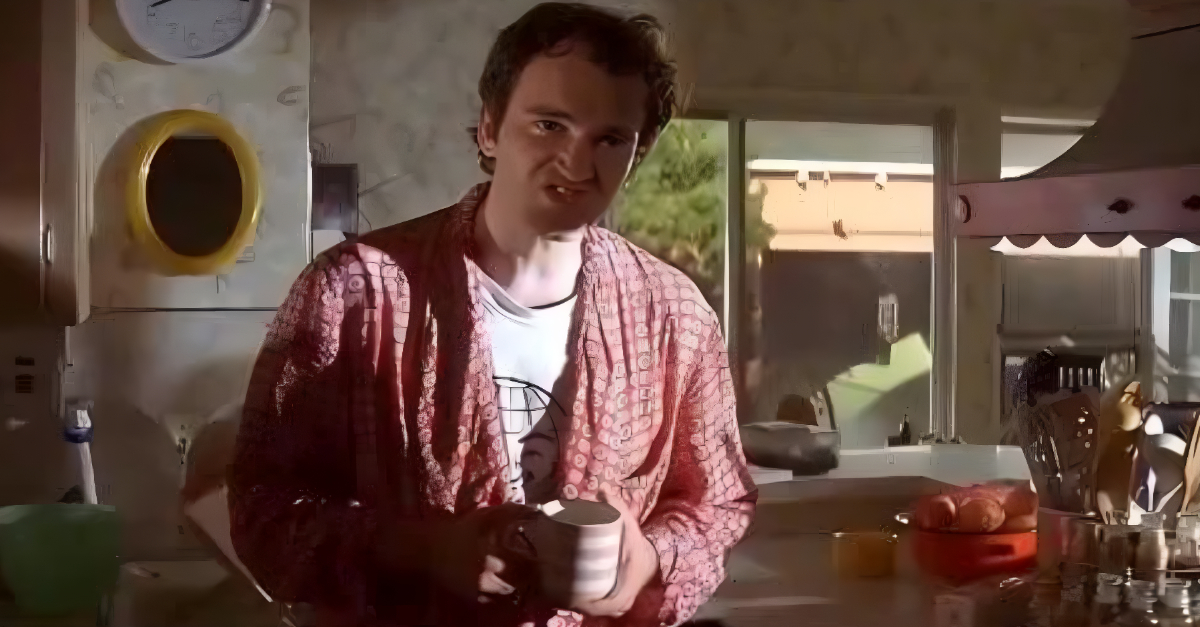The Story Of A Forgotten Civilization
Long before skyscrapers and bustling streets, Cahokia was the big league of urban living. With its ceremonial mounds and advanced society, it used to be a cultural and economic hub.
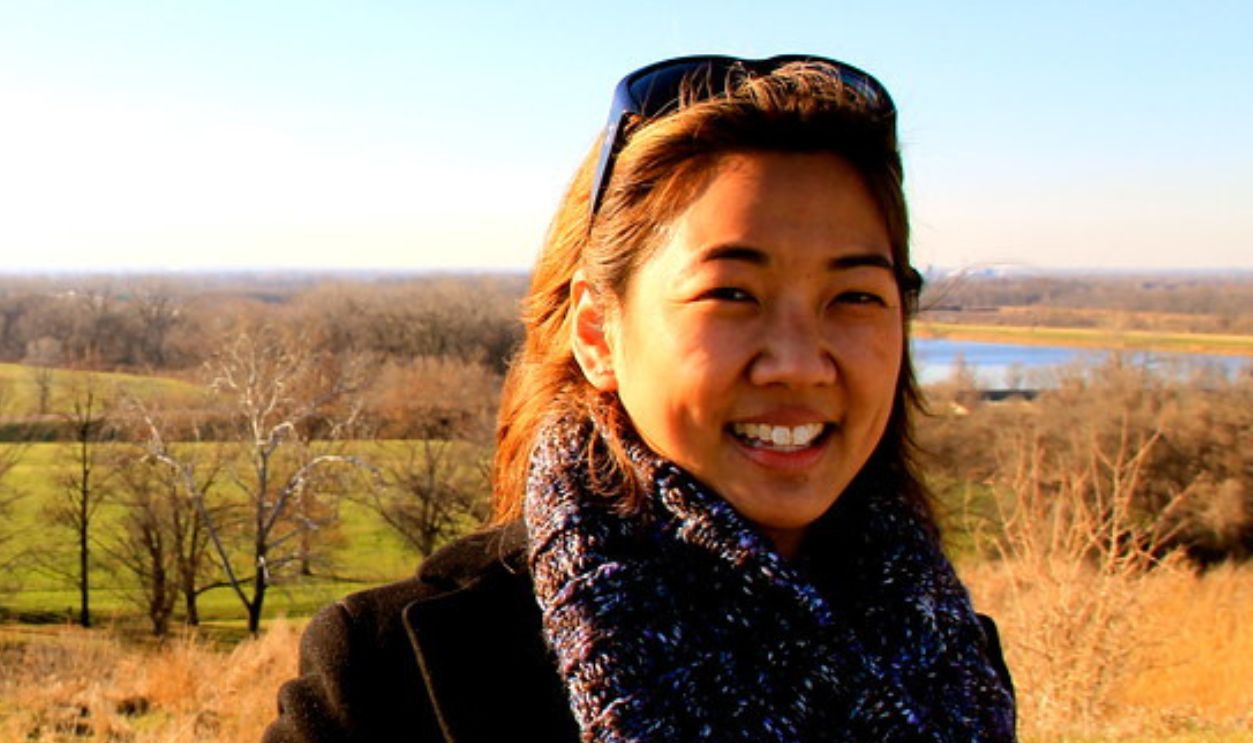
One Of The First Native American Cities
Cahokia was the heartbeat of an ancient civilization. At around 1050–1200 AD, this city in present-day Illinois had around 10,000 to 20,000 residents (possibly more than London at the time). It wasn’t just about population; Cahokia’s trade routes and structures made it among North America’s earliest true urban centers.
 W. R. Brink & Co., Wikimedia Commons
W. R. Brink & Co., Wikimedia Commons
How Cahokia Inspired Future Urban Designs
The city’s carefully planned layout presented a blueprint for future urban developments. Cahokia featured central plazas surrounded by ceremonial mounds, organized residential areas, and trade hubs—all hallmarks of a sophisticated metropolis. Its emphasis on communal spaces influenced later Native settlements.
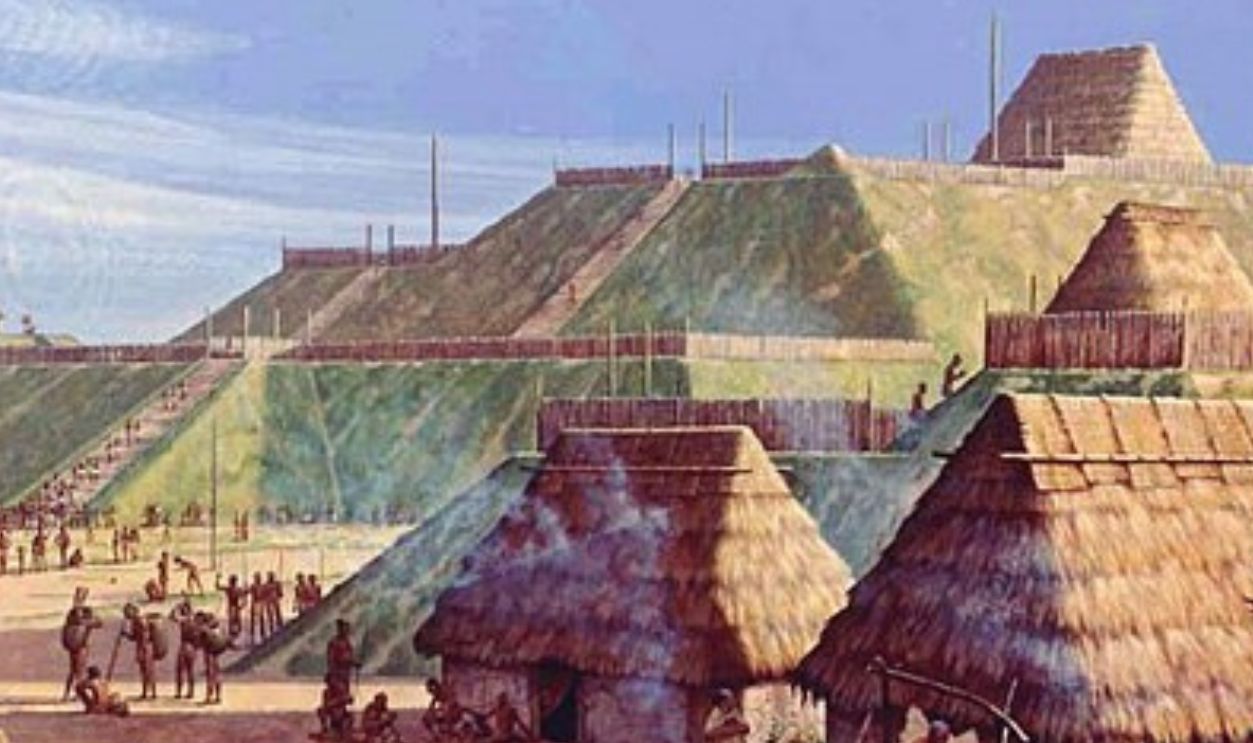 Michael Hampshire, CC BY-SA 4.0, Wikimedia Commons
Michael Hampshire, CC BY-SA 4.0, Wikimedia Commons
Technology Sheds Light On The Ancient City
Modern technology, like ground-penetrating radar and 3D mapping, told us what we know about Cahokia. These tools have uncovered hidden structures, burial sites, and even ancient roads. Such discoveries highlight Cahokia’s specialties and give researchers a clearer picture of how the residents lived and how the city faded with time.
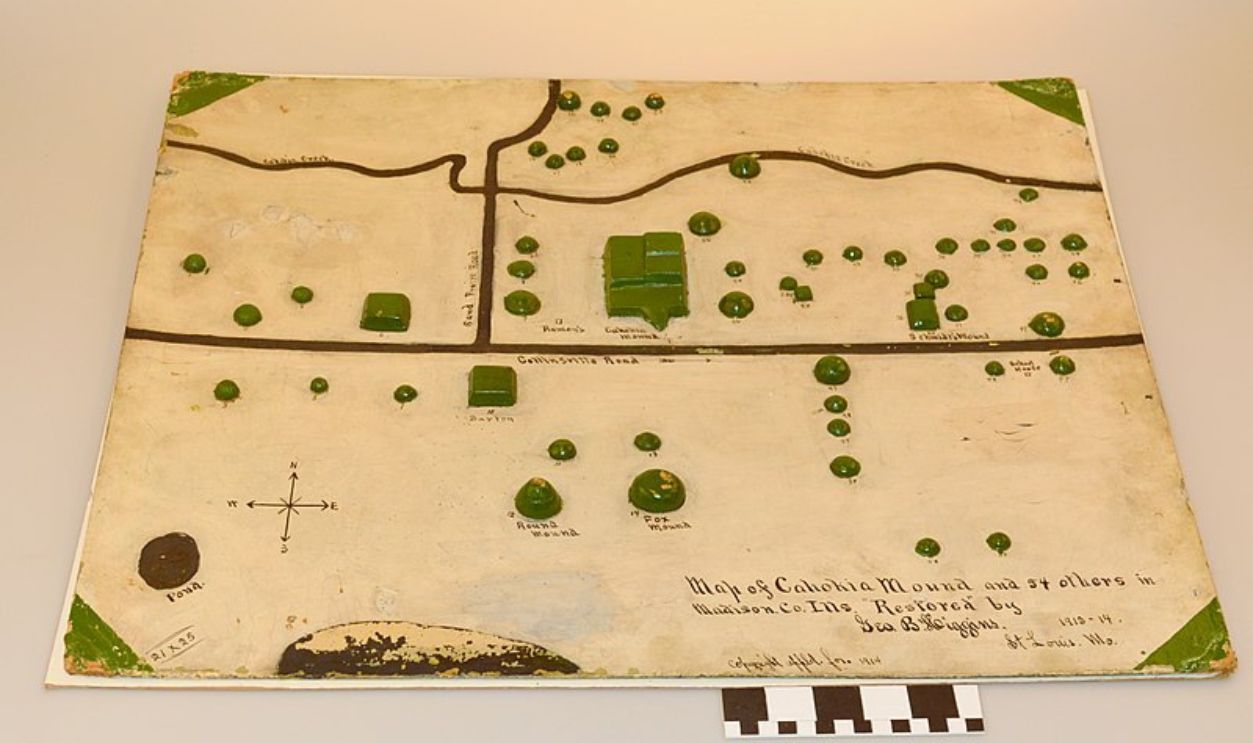 George B. Higgins, Wikimedia Commons
George B. Higgins, Wikimedia Commons
Engineering Techniques Behind Cahokia’s Structures
Cahokia’s builders didn’t have cranes or bulldozers. They carefully layered clay, sand, and soil to stabilize the huge structures that were supposed to stand for ages. Excavations reveal that every layer of construction was quite precise and that their understanding of weight distribution and durability was surprising.
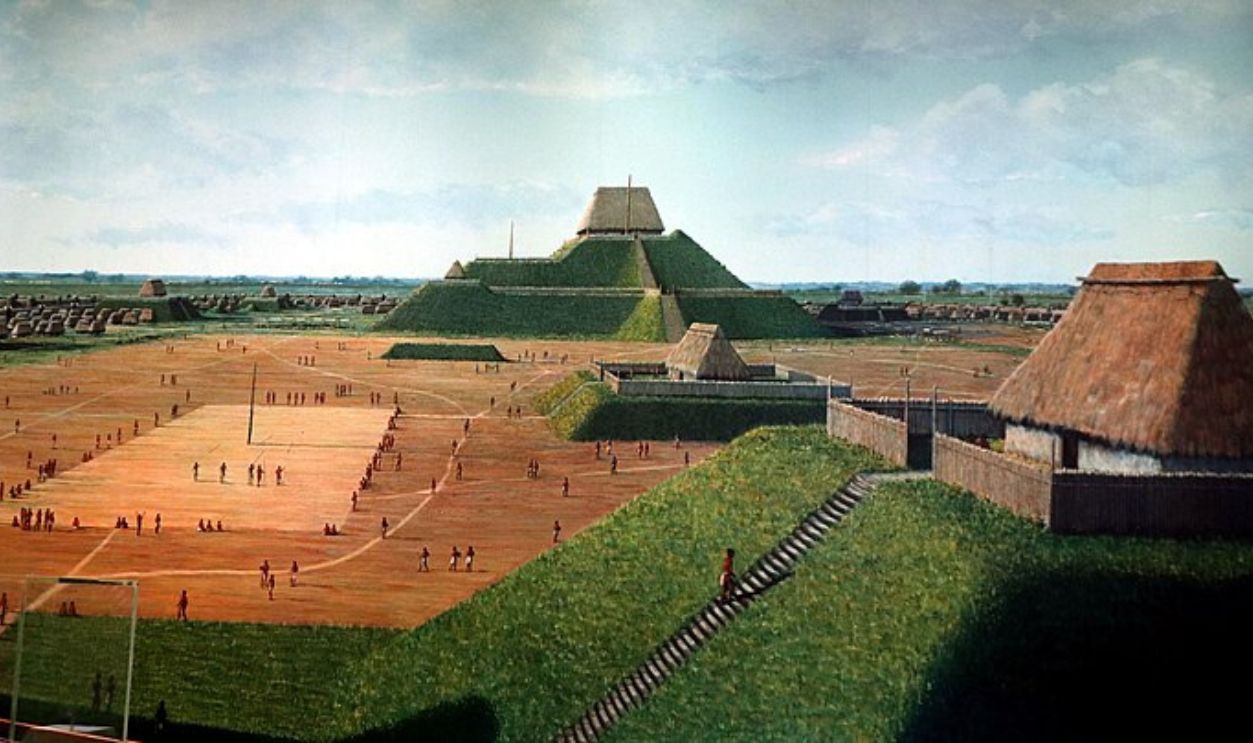 Thank You, CC BY 2.0, Wikimedia Commons
Thank You, CC BY 2.0, Wikimedia Commons
The Monumental Legacy Of Monks Mound
Monks Mound stands as one of the most impressive earthen structures ever built in pre-Columbian North America. Rising 100 feet into the sky and covering an impressive 14 acres at its base, it remains the largest earthen mound north of Mexico.
Laborers With Advanced Engineering Knowledge
Archaeologists estimate that thousands of laborers worked in coordinated efforts to create this and Cahokia's other 80+ earthworks. The construction required extraordinary planning and engineering knowledge of soil composition and drainage. Some mounds held ceremonies, others served as burial sites, and a few were homes for the elite.
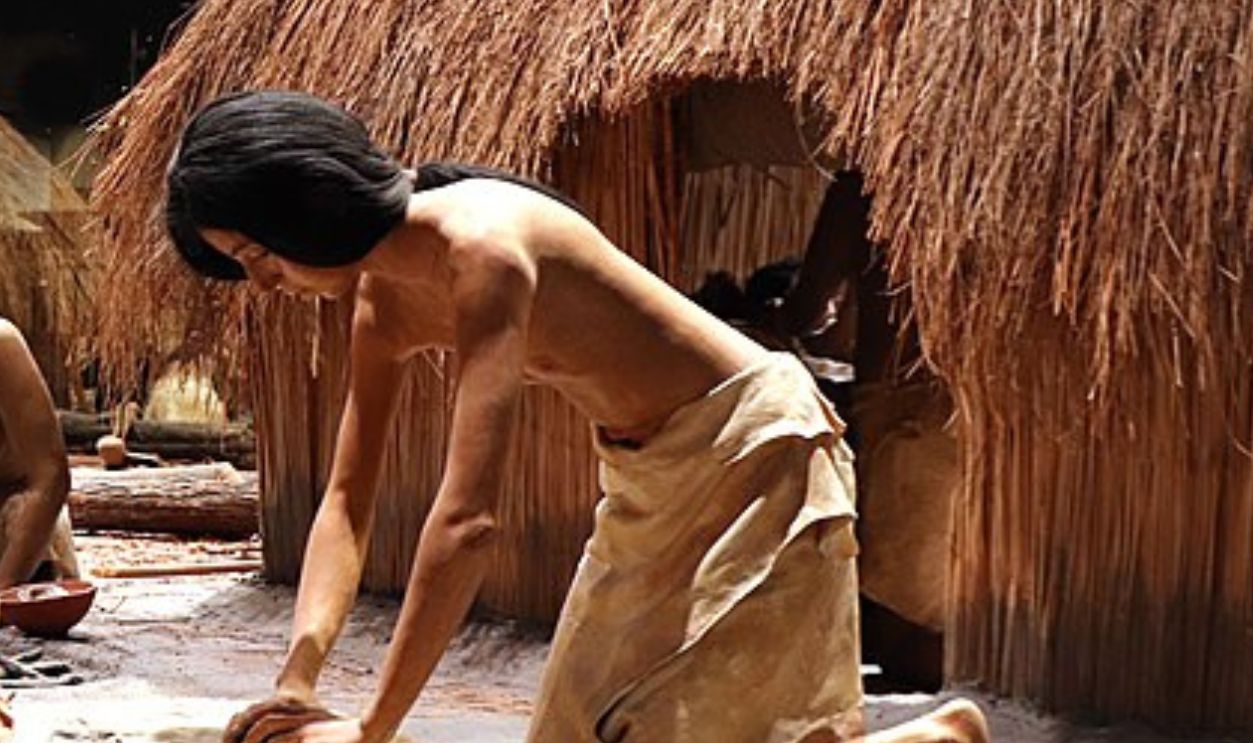 Prayitno / Thank you, CC BY 2.0, Wikimedia Commons
Prayitno / Thank you, CC BY 2.0, Wikimedia Commons
The Discovery Of Cahokia
For centuries, Cahokia’s mounds were dismissed by us as natural hills. It wasn’t until the 19th century that archaeologists recognized their significance. Today, ongoing excavations continue to reveal the grandeur of this ancient city. They are rewriting what we know about pre-Columbian America.
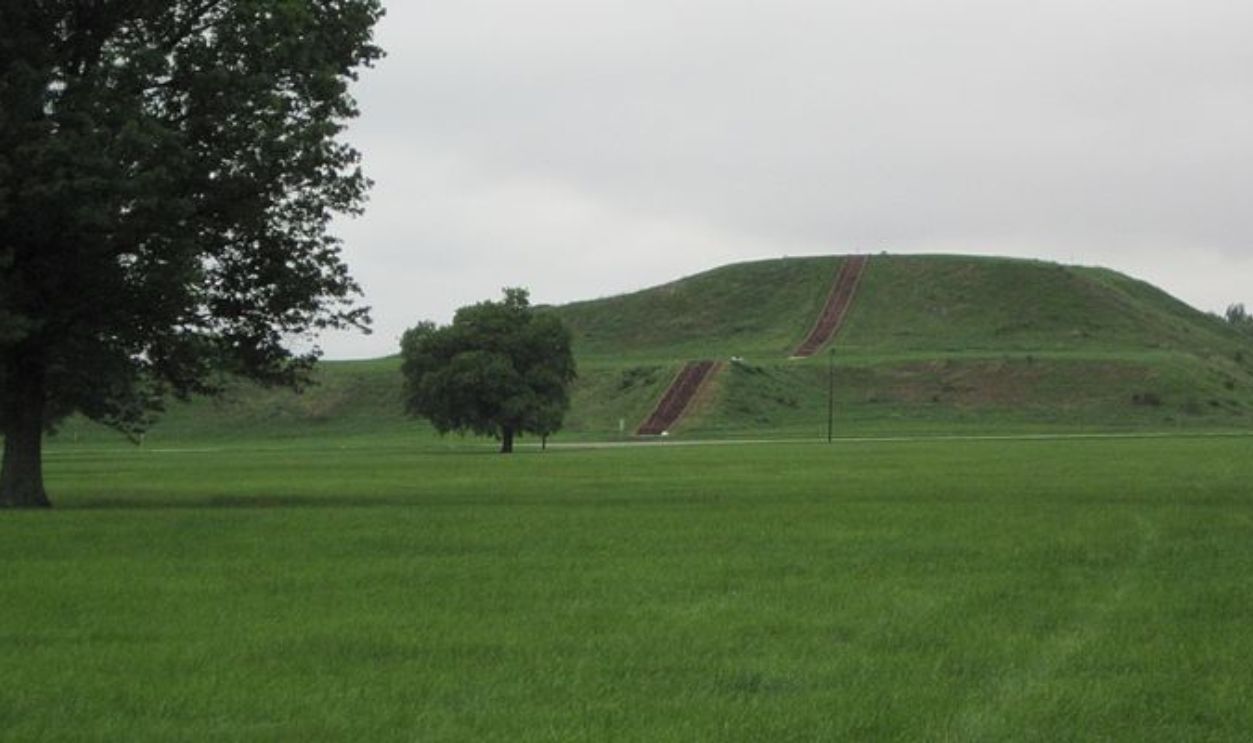 QuartierLatin1968, CC BY-SA 3.0, Wikimedia Commons
QuartierLatin1968, CC BY-SA 3.0, Wikimedia Commons
Henry Brackenridge’s Role In Finding This City
In the early 19th century, Henry Brackenridge, a historian and explorer, was able to officialize Cahokia’s mounds as the work of an ancient civilization. Though a few other people documented the artificial nature of the mounds, his work finally broke the belief that the mounds were natural formations.
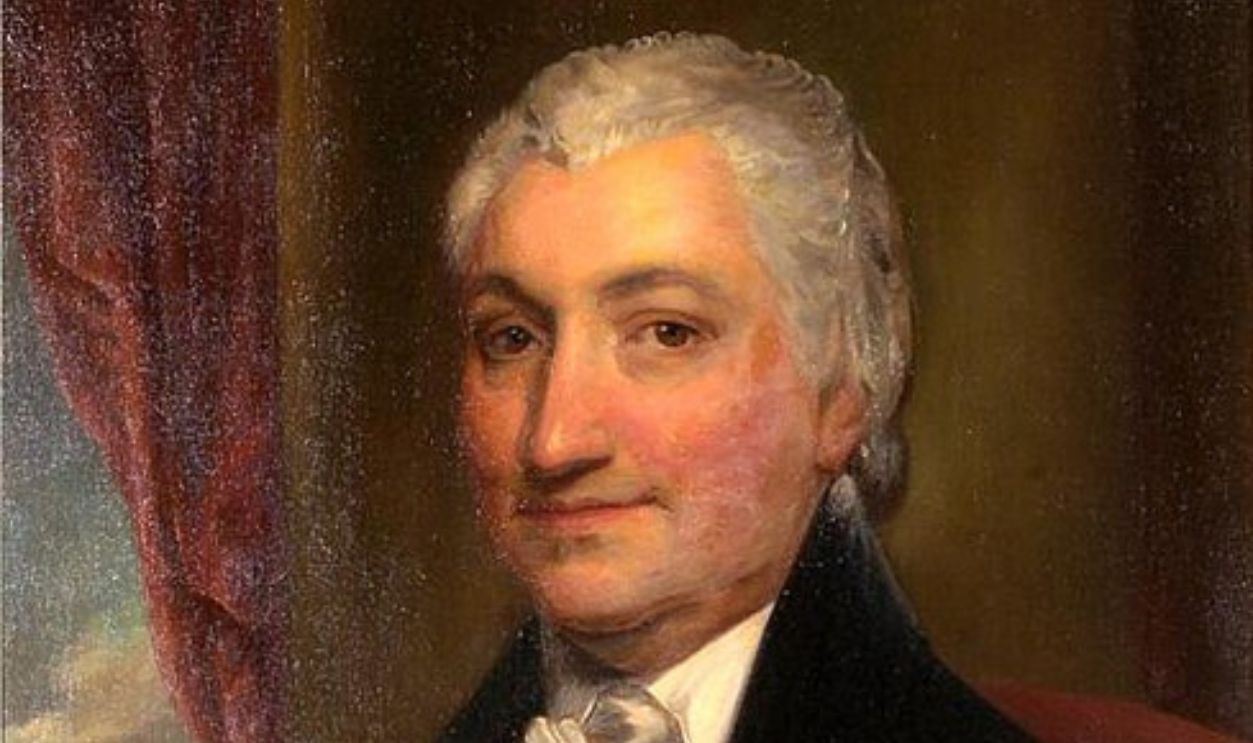 Clayton Braun, Gilbert Stuart, Wikimedia Commons
Clayton Braun, Gilbert Stuart, Wikimedia Commons
Warren K. Moorehead’s Groundbreaking Excavations
Do you know about the “Dean of American Archaeology,” Warren K. Moorehead? He conducted the first major excavations at Cahokia in the 1920s and unearthed evidence of a complex society, including pottery, tools, and burial sites.
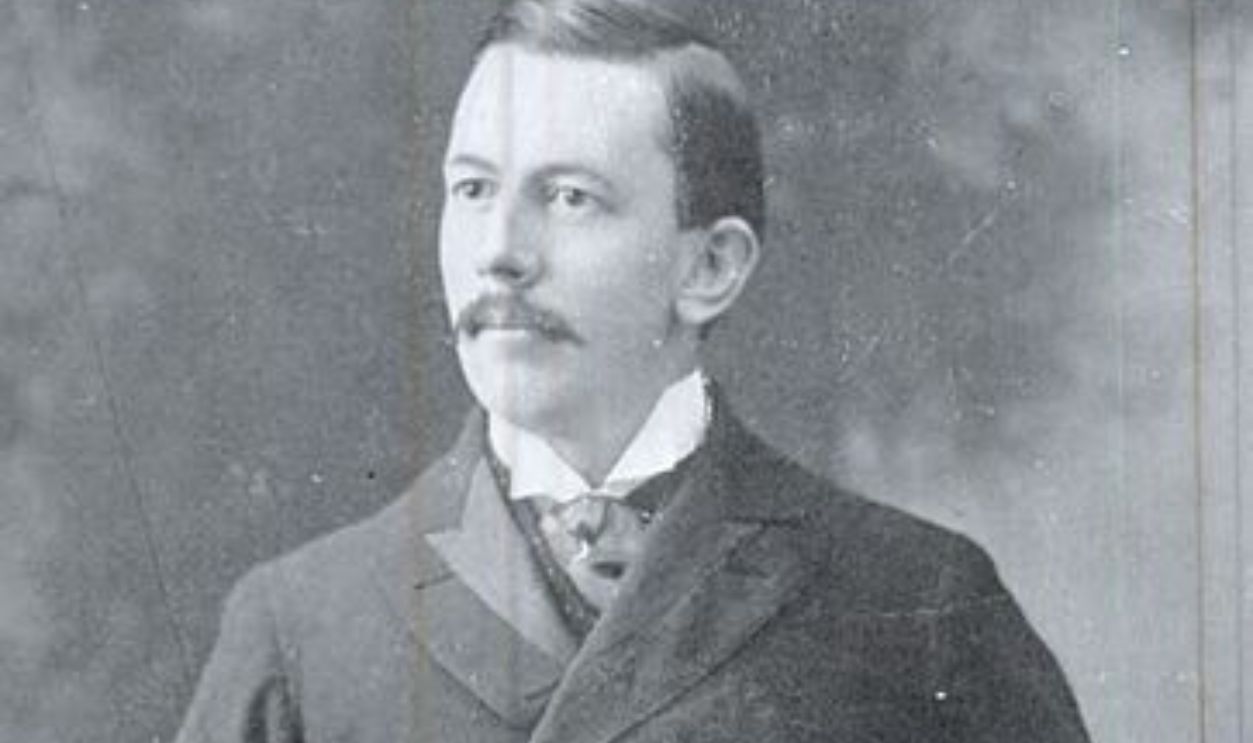 Baker's Art Gallery, Wikimedia Commons
Baker's Art Gallery, Wikimedia Commons
Thomas Emerson And Modern Discoveries
Thomas Emerson, another prominent archaeologist, brought modern technology and research methods to Cahokia in the late 20th century. He used tools like ground-penetrating radar and 3D mapping that helped uncover hidden structures related to the city’s advanced planning and cultural complexity.
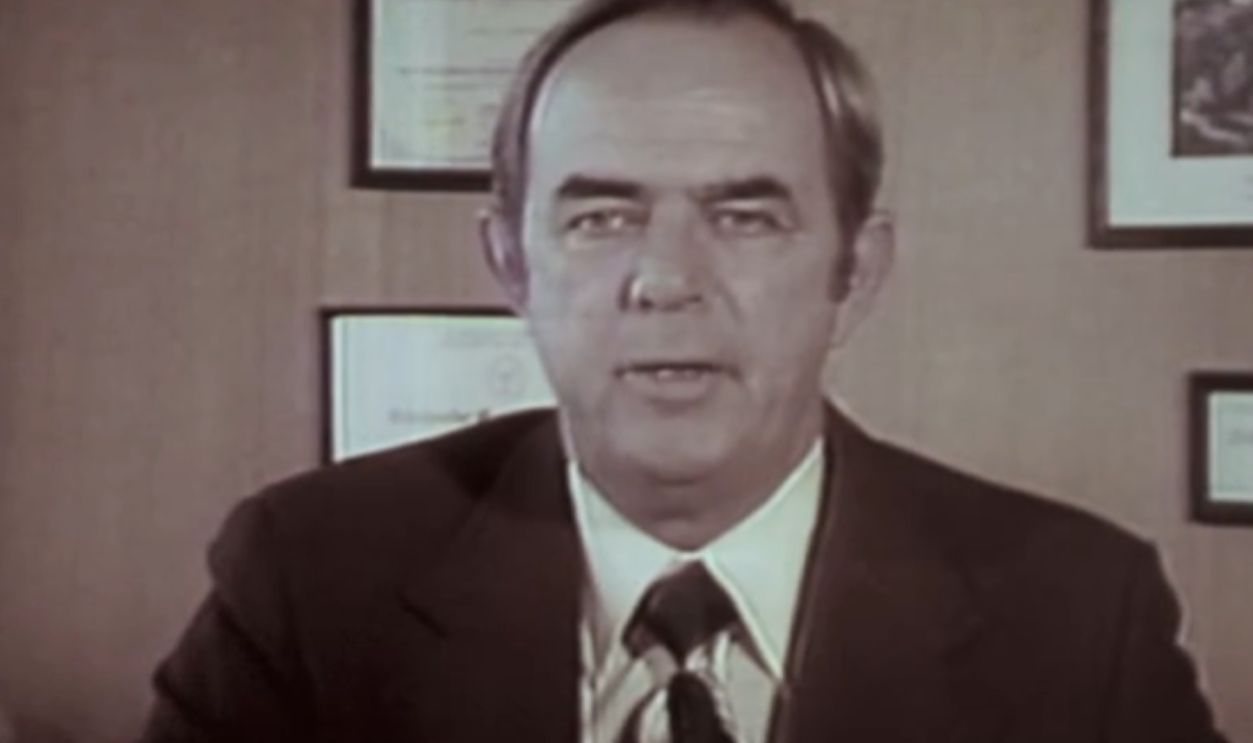 Archived Footage of Dr. Thomas E. Emerson at FAI-270 Project by Illinois State Archaeological Survey
Archived Footage of Dr. Thomas E. Emerson at FAI-270 Project by Illinois State Archaeological Survey
The Astronomical Wonder Of Woodhenge
Cahokia’s version of Stonehenge was a circle of wooden posts called Woodhenge. The structure worked as a solar calendar. Priests likely used it to track solstices and equinoxes to organize festivals and agricultural cycles. Such precision reveals how deeply Cahokia’s culture intertwined with the concepts of astronomy and astrology.
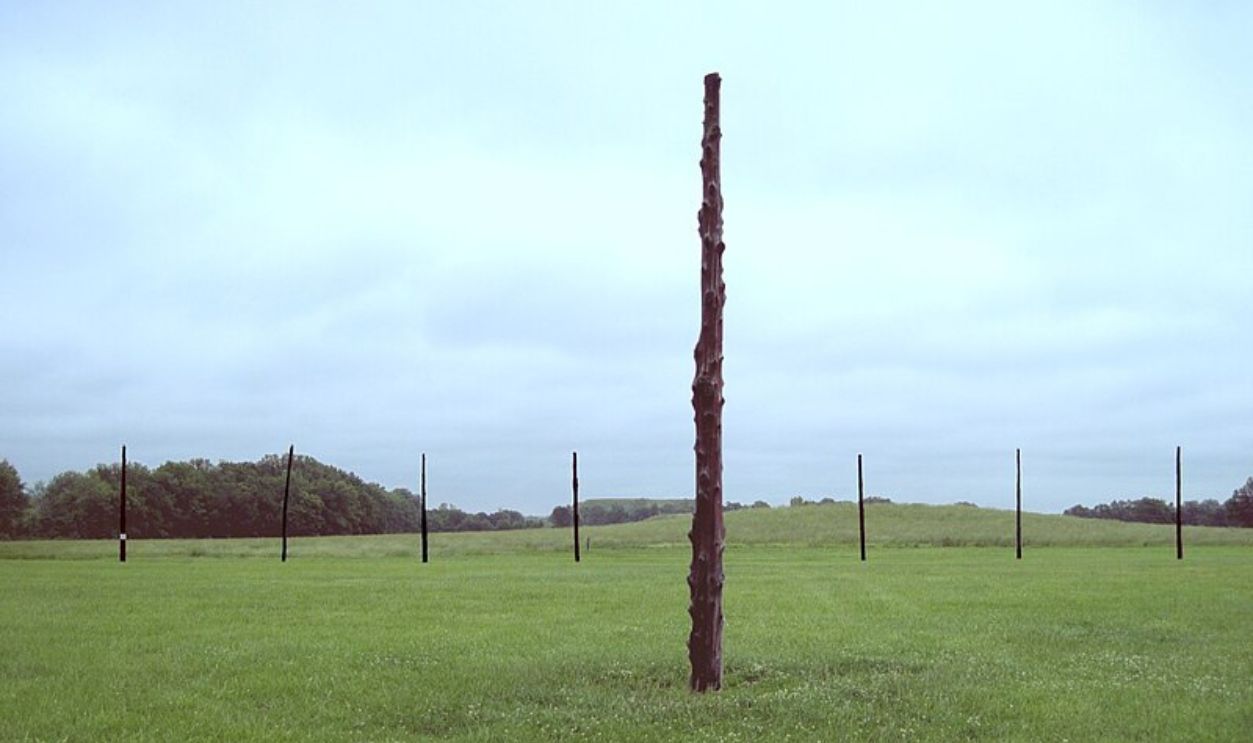 QuartierLatin1968, CC BY-SA 3.0, Wikimedia Commons
QuartierLatin1968, CC BY-SA 3.0, Wikimedia Commons
Cahokia’s Extensive Trade Network Explained
Long before highways and freight trains, Cahokia was at the center of a vast trade web. Here’s what the researchers unearthed: Copper from Michigan, mica from the Appalachians, and marine shells from the Gulf Coast all flowed into the city.
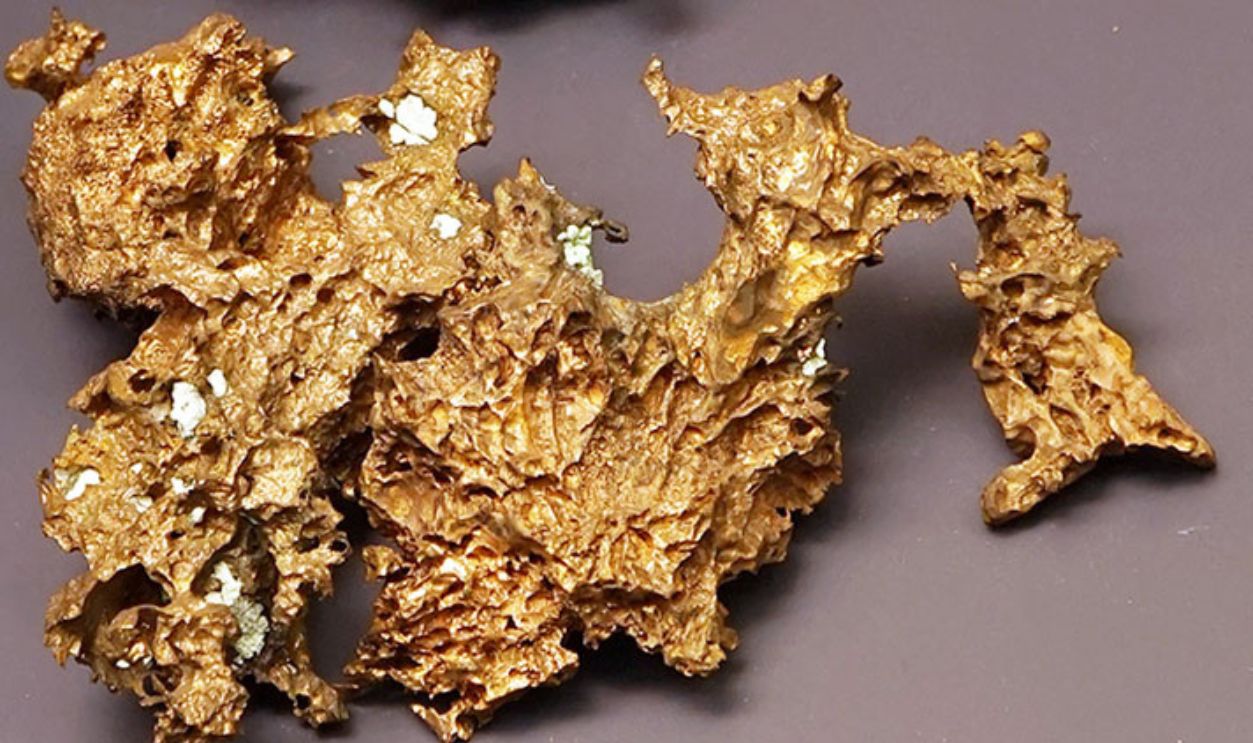 Tiia Monto, CC BY-SA 3.0, Wikimedia Commons
Tiia Monto, CC BY-SA 3.0, Wikimedia Commons
Impact Of Long Trade Routes
These trade networks didn’t just bring in goods—they brought ideas, cultures, and art, too. Such exchanges during that era established Cahokia as a cultural crossroads for pre-Columbian North America. The long-distance trades also spread Cahokia’s architectural styles across the continent.
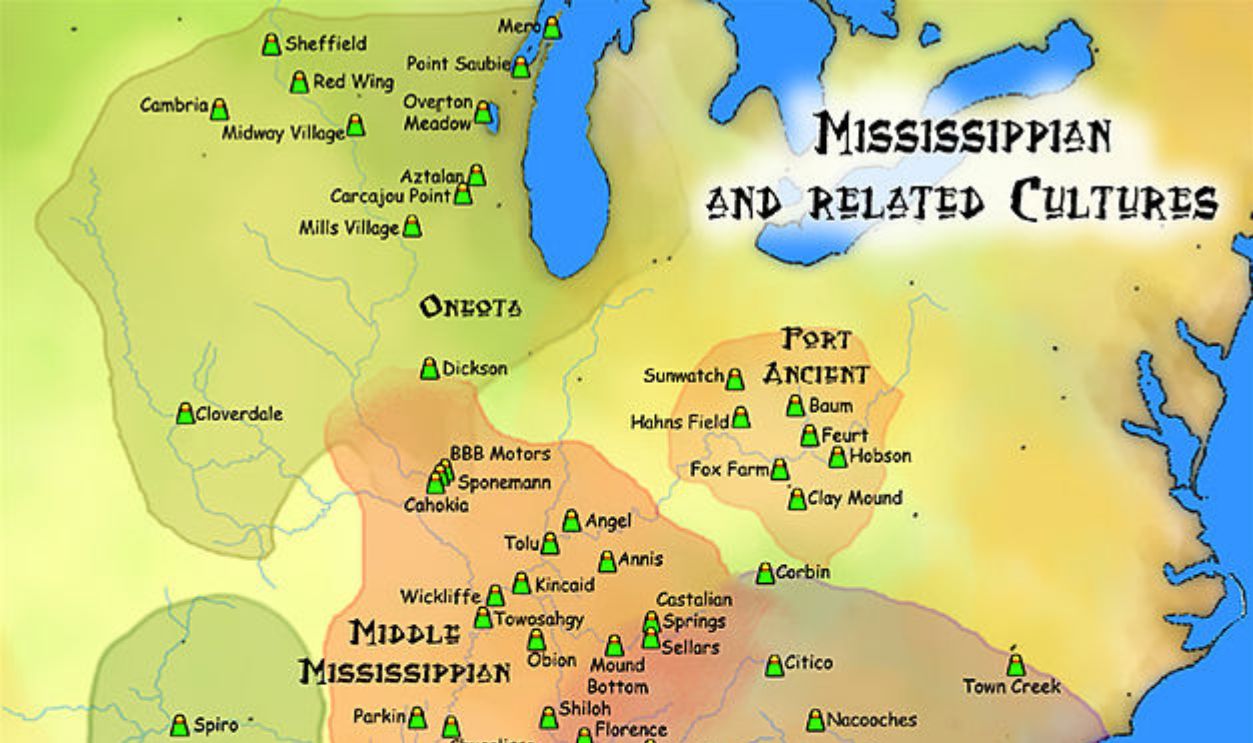 Herb Roe, CC BY-SA 3.0, Wikimedia Commons
Herb Roe, CC BY-SA 3.0, Wikimedia Commons
Connections To Ohio, Arkansas, And Texas
Cahokia’s vast network linked it to several tribes across what is now the United States. The Hopewell culture, centered in present-day Ohio, contributed intricate artwork and ceremonial traditions. The Caddo, based in today’s Arkansas and Texas regions, traded pottery and shell ornaments.
Relations To The Southwest And Northeast
From the Southwest, Ancestral Puebloans (modern-day Arizona and New Mexico) may have shared turquoise and religious practices. In the Northeast, Iroquoian groups from New York and Ontario exchanged tools and ideas. These connections turned Cahokia into a cultural and economic powerhouse.
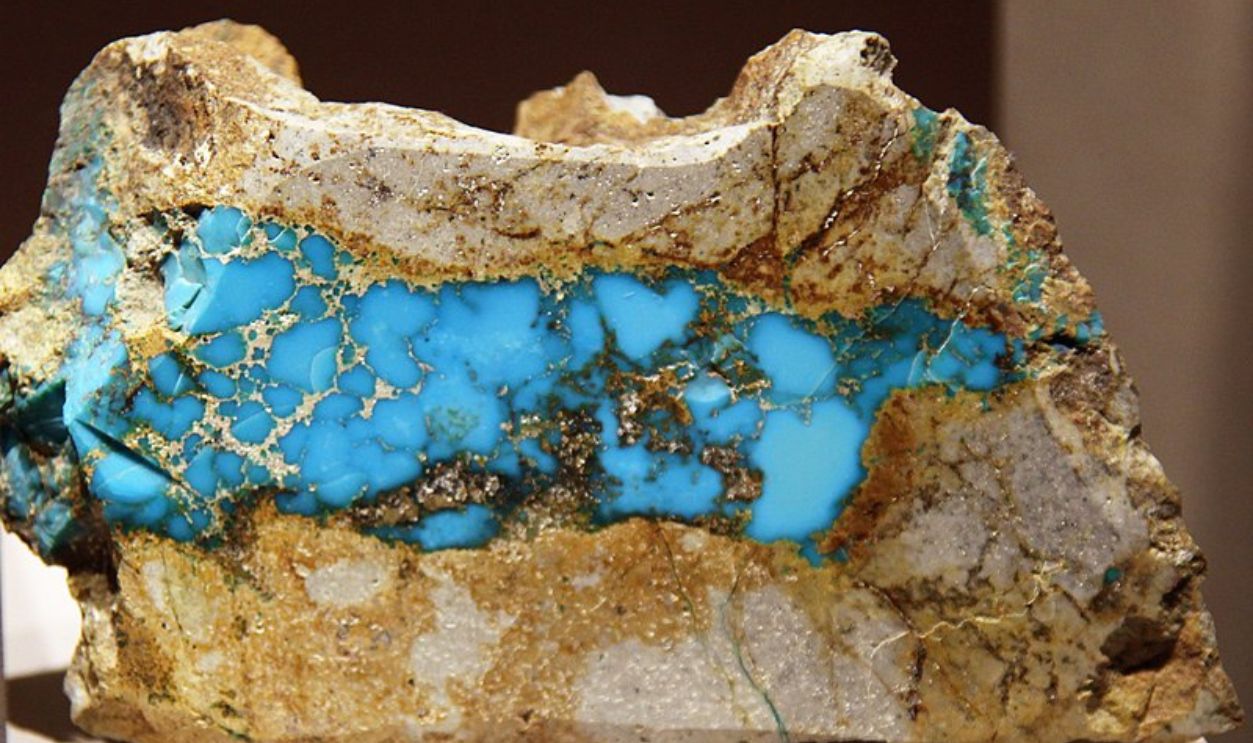 Tim Evanson, CC BY-SA 2.0, Wikimedia Commons
Tim Evanson, CC BY-SA 2.0, Wikimedia Commons
Daily Life In Cahokia’s Heyday
Forget the idea of a quiet, rural life—Cahokia was brimming with activity. Streets were alive with traders, farmers, and craftsmen. Families lived in wooden houses around central plazas, while public gatherings filled the air with energy. The city even had a sports culture, with chunky stone games drawing crowds.
Recreational Life And Sports In Cahokia
Stone disks found at Cahokia point to a popular game called Chunkey. This wasn’t just a pastime; it likely brought people together for intense competitions and public gatherings. The game’s cultural importance can still be seen in the intricate designs of the gaming stones unearthed by archaeologists.
Spiritual Beliefs Driving Cahokia’s Culture
Cahokia’s society was deeply spiritual, with ceremonies centering on the balance between the earth and the cosmos. Fire rituals, offerings of food and goods, and alignment with celestial events explain their belief in harmony. The mounds also served as sacred spaces to reinforce their connection to the divine.
The Role Of Music In Cahokia
Music may have been a tool for unity at that time. Instruments like flutes, rattles, and drums found at Cahokia suggest that sound and tunes were deeply woven into the Cahokian culture and that they accompanied the people’s ceremonies, celebrations, and gatherings.
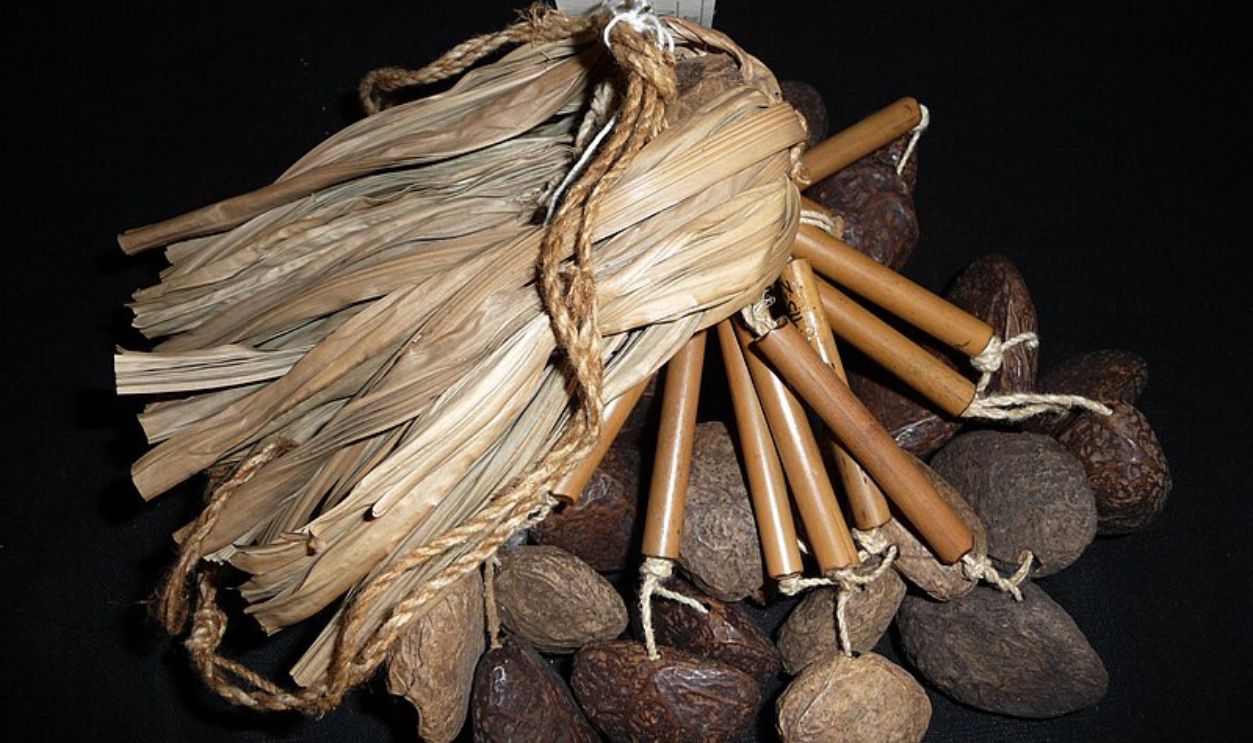 Queensland Museum, CC BY-SA 3.0, Wikimedia Commons
Queensland Museum, CC BY-SA 3.0, Wikimedia Commons
The Agriculture That Sustained Cahokia
Maize was the backbone of Cahokia’s economy. Farmers cultivated vast fields, feeding the city’s growing population. Advanced farming techniques like crop rotation kept the soil fertile. This agricultural surplus not only sustained Cahokia but also allowed its leaders to organize large-scale projects and ceremonies.
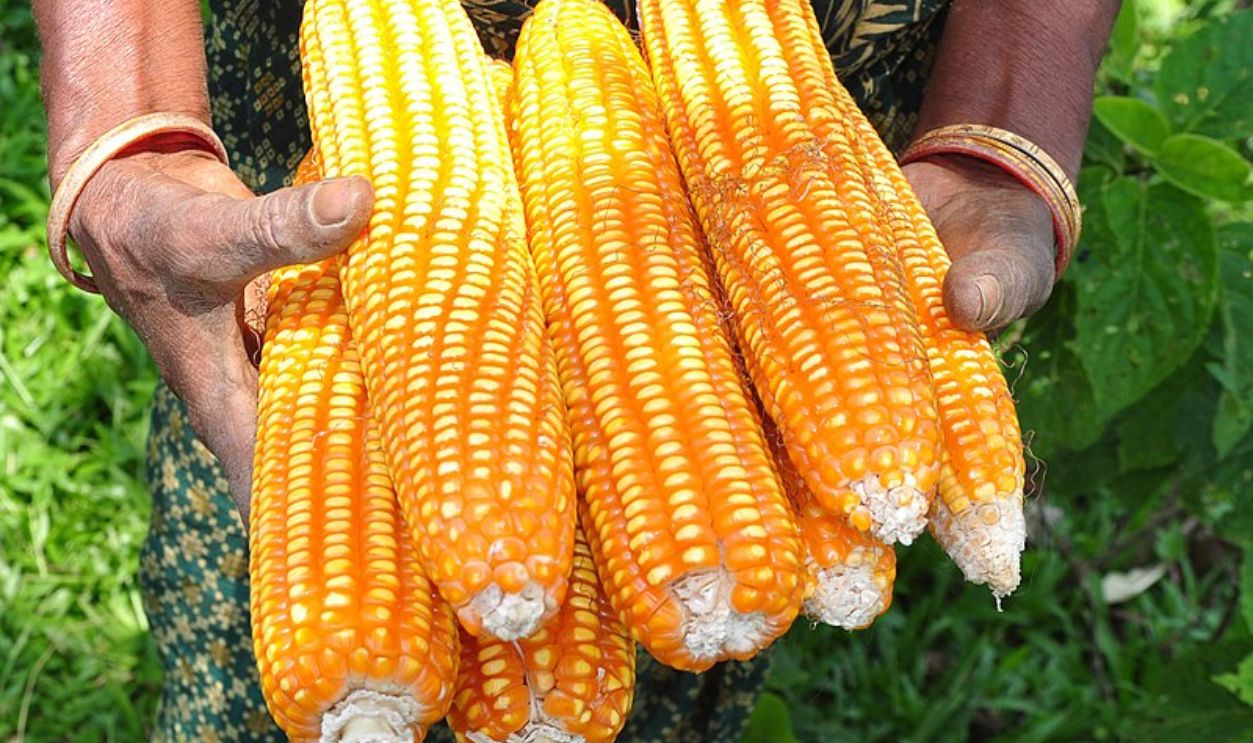 Balaram Mahalder, CC BY-SA 3.0, Wikimedia Commons
Balaram Mahalder, CC BY-SA 3.0, Wikimedia Commons
Cahokia’s Innovations In Urban Waste Management
Cahokians seemed to have the waste under control. Researchers point out that they set up communal waste areas and used natural methods to let garbage decompose. Smart city planning likely kept refuse zones far enough from homes to avoid health issues—a clever solution for an ancient metropolis.
Advanced Tools Found At Cahokia
The tools used in Cahokia highlight the city’s ingenuity and resourcefulness. Stone hoes made from chert and basalt were critical for large-scale farming. Copper tools, sourced from distant mines, reveal advanced craftsmanship. Even decorative tools like carved needles and awls suggest that Cahokia mixed practicality with artistic expression.
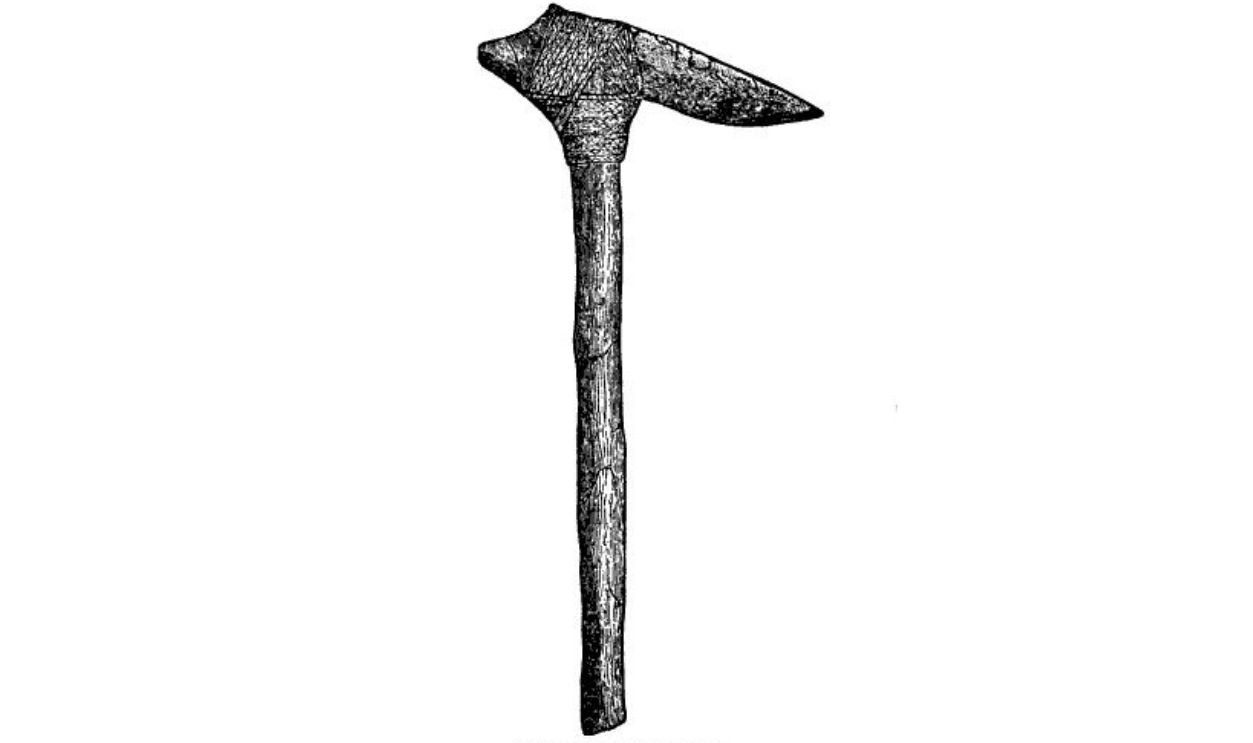 Samuel Lee Chesnutt, Wikimedia Commons
Samuel Lee Chesnutt, Wikimedia Commons
Social Hierarchies In Cahokia’s Society
Cahokia’s social structure resembled a pyramid, with the elite at the top, controlling resources and rituals. Archaeologists have found lavish burial sites filled with exotic goods, which is evidence of a ruling class. The stratification helped Cahokia maintain order but may have also fueled internal tensions.
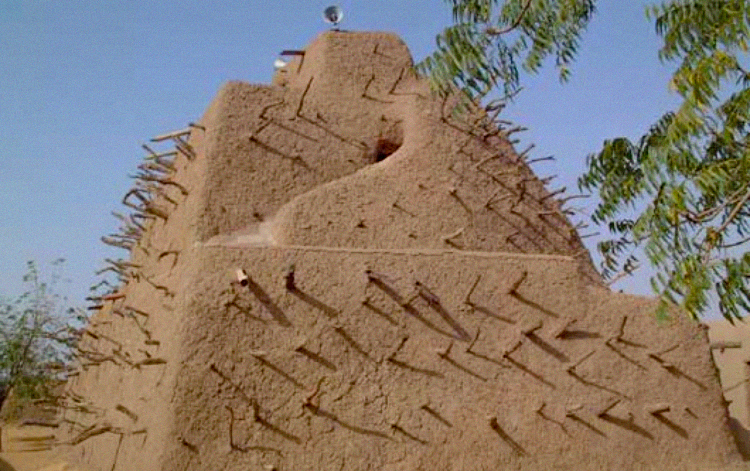 Taguelmoust, CC BY-SA 3.0, Wikimedia Commons
Taguelmoust, CC BY-SA 3.0, Wikimedia Commons
Cahokia’s Use Of Art To Communicate Power
Their leaders literally put their authority on display if we look at some artifacts. Ceremonial masks and effigy figures were more than art pieces. The symbols speak of control and spirituality. These items probably showed the connection between the rulers and the divine, reminding everyone who was in charge.
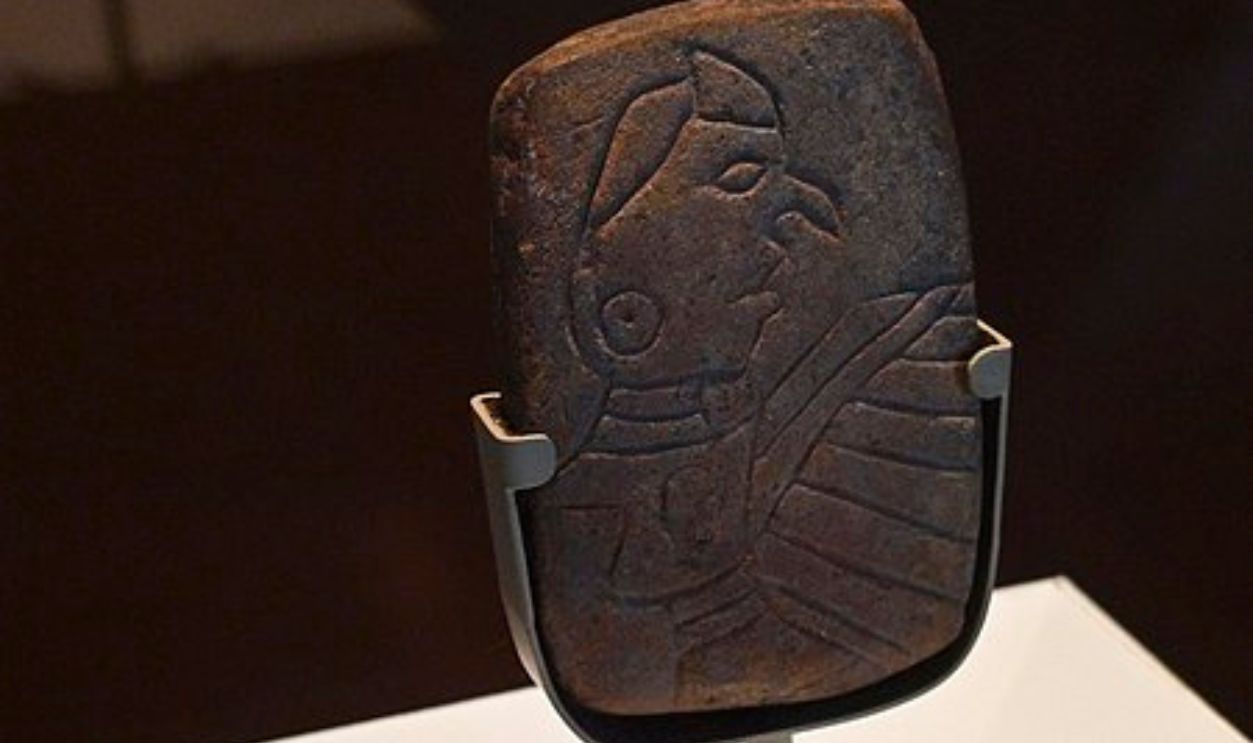 Flyover Hangover, CC BY-SA 2.0, Wikimedia Commons
Flyover Hangover, CC BY-SA 2.0, Wikimedia Commons
Burial Sites That Reveal Rituals
Burial practices in this city were grand. One striking discovery is Mound 72, where a high-ranking man was buried with over 250 sacrificial victims and shocking grave goods. These rituals weren’t just about honoring the dead. No, they reinforced Cahokia’s social order and spiritual beliefs.
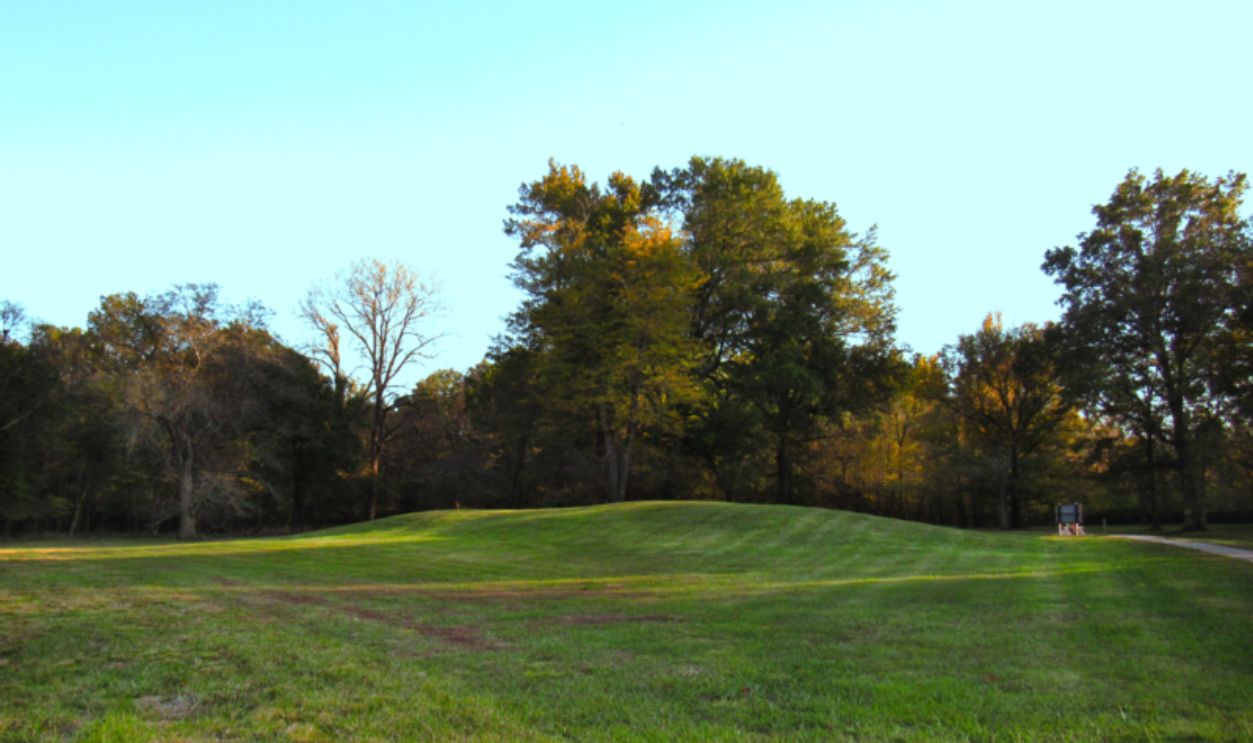 Julia King, CC BY-SA 4.0, Wikimedia Commons
Julia King, CC BY-SA 4.0, Wikimedia Commons
The Role Of Women In Cahokia’s Society
Women in Cahokia were central to daily life and survival. Burials of high-ranking women adorned with goods suggest they wielded power both in homes and temples. The Cahokian women oversaw maize production, from planting to harvest, and prepared ceremonial items for spiritual rituals.
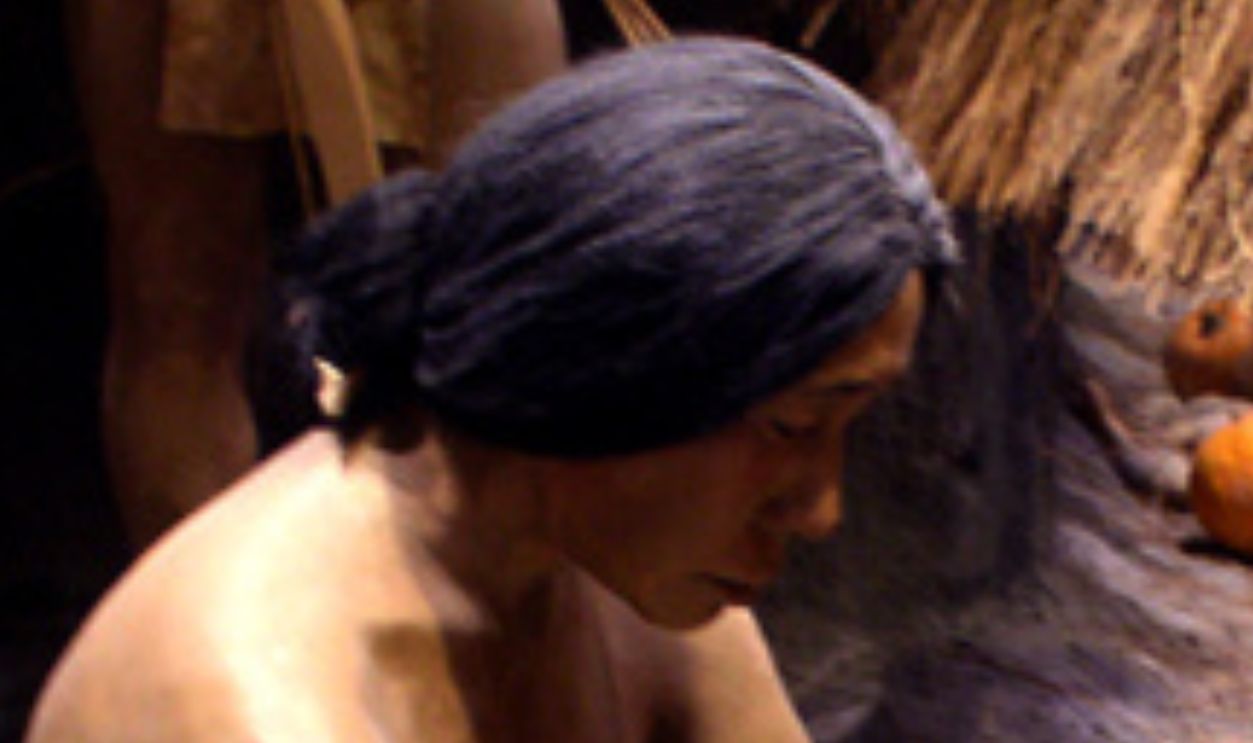 Herb Roe, CC BY-SA 3.0, Wikimedia Commons
Herb Roe, CC BY-SA 3.0, Wikimedia Commons
Water Systems Supporting Cahokia’s Population
Managing water for thousands of people wasn’t easy, but Cahokia did it. Engineers constructed artificial basins and channels to handle drinking water and prevent flooding. Even reservoirs were there to support agriculture. What an advanced understanding of hydrology in their time, isn’t it?
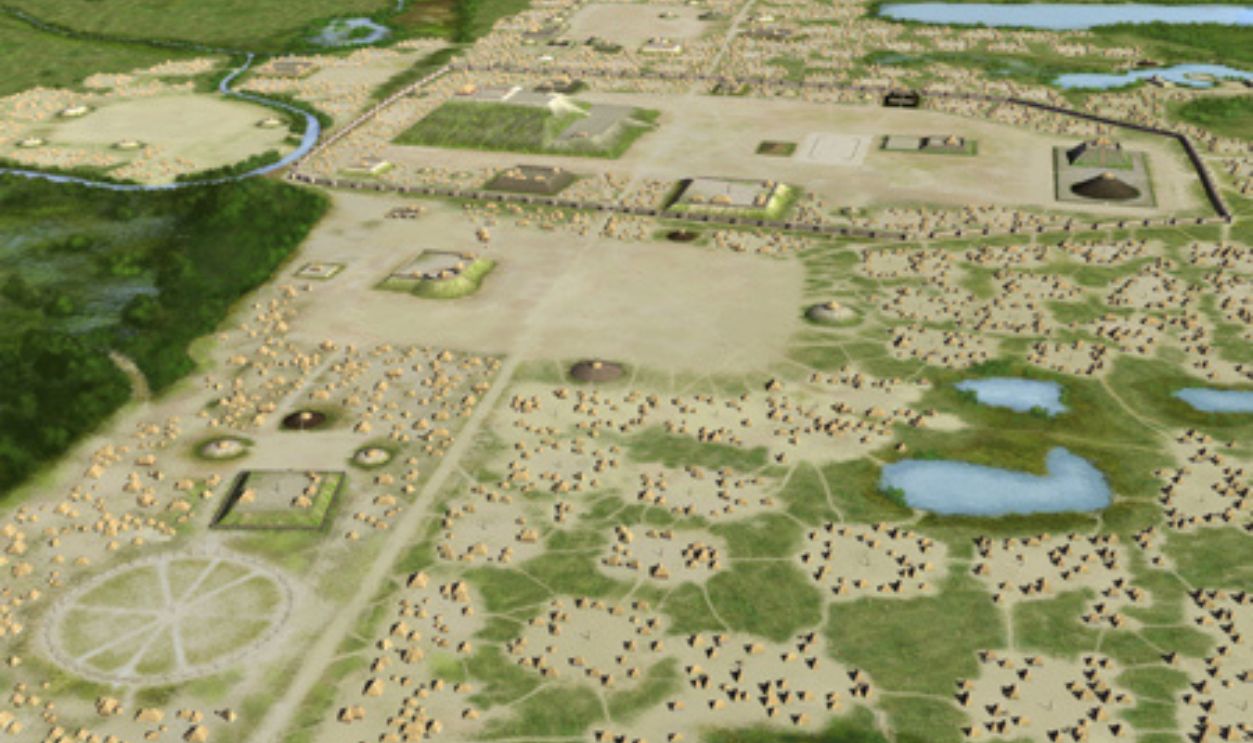 Herb Roe, CC BY-SA 4.0, Wikimedia Commons
Herb Roe, CC BY-SA 4.0, Wikimedia Commons
Cahokia’s Role In Early Environmental Management
Managing a city while caring for the environment is no small feat. Researchers believe Cahokians practiced controlled burns to keep farmland fertile and selectively cut trees to balance resource usage. Such a great understanding of how to live in harmony with nature is a rare achievement for an old city.
The Famous “Birdman” Tablet
Objects from Cahokia, like carefully carved stone pipes and shell beads, speak about the creativity of its people. One of the most famous finds is the "Birdman" tablet, a figure of spiritual and political power. These items reflect the ancient city’s complex social, religious, and artistic identity.
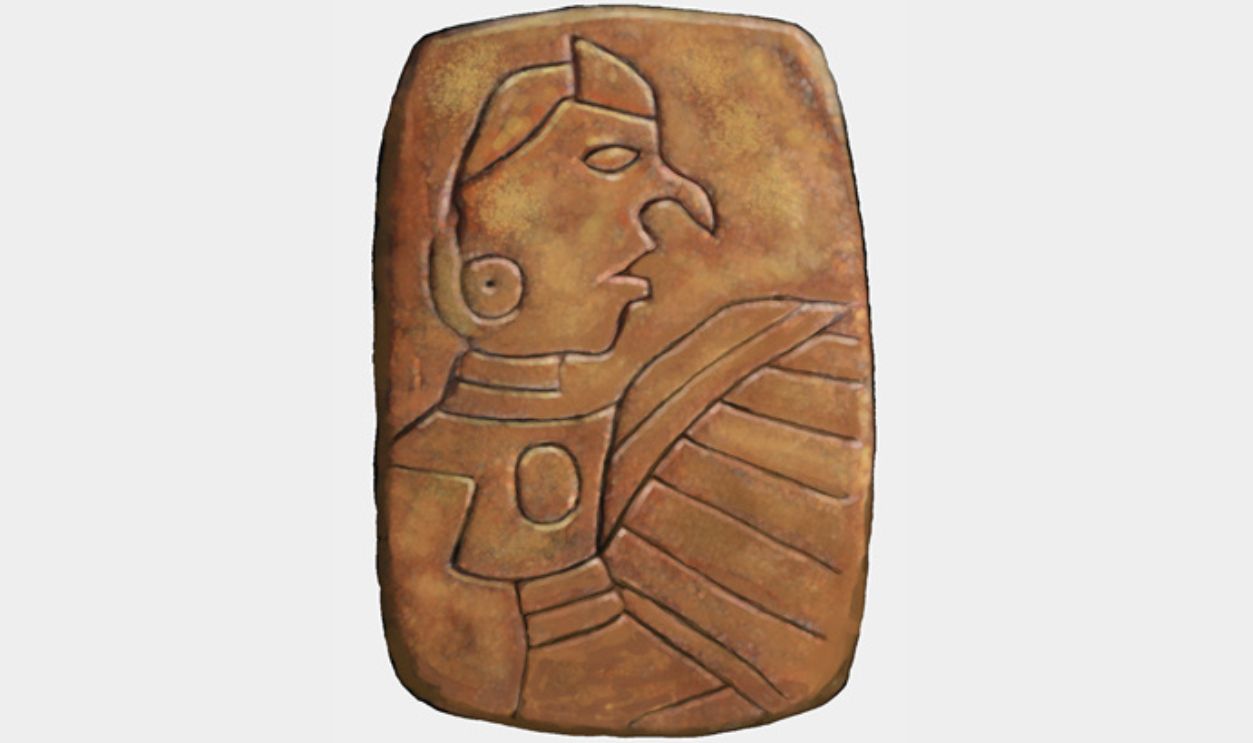 Herb Roe, CC BY-SA 3.0 Wikimedia Commons
Herb Roe, CC BY-SA 3.0 Wikimedia Commons
Symbolism In Cahokia’s Pottery
Pottery fragments unearthed at Cahokia also reveal a lot. Serpents winding across the clay spoke of power, while bird motifs represented spiritual journeys. These symbols weren’t random—they were deeply tied to the Mississippian worldview, reflecting their beliefs about life’s cycles and their reverence for nature.
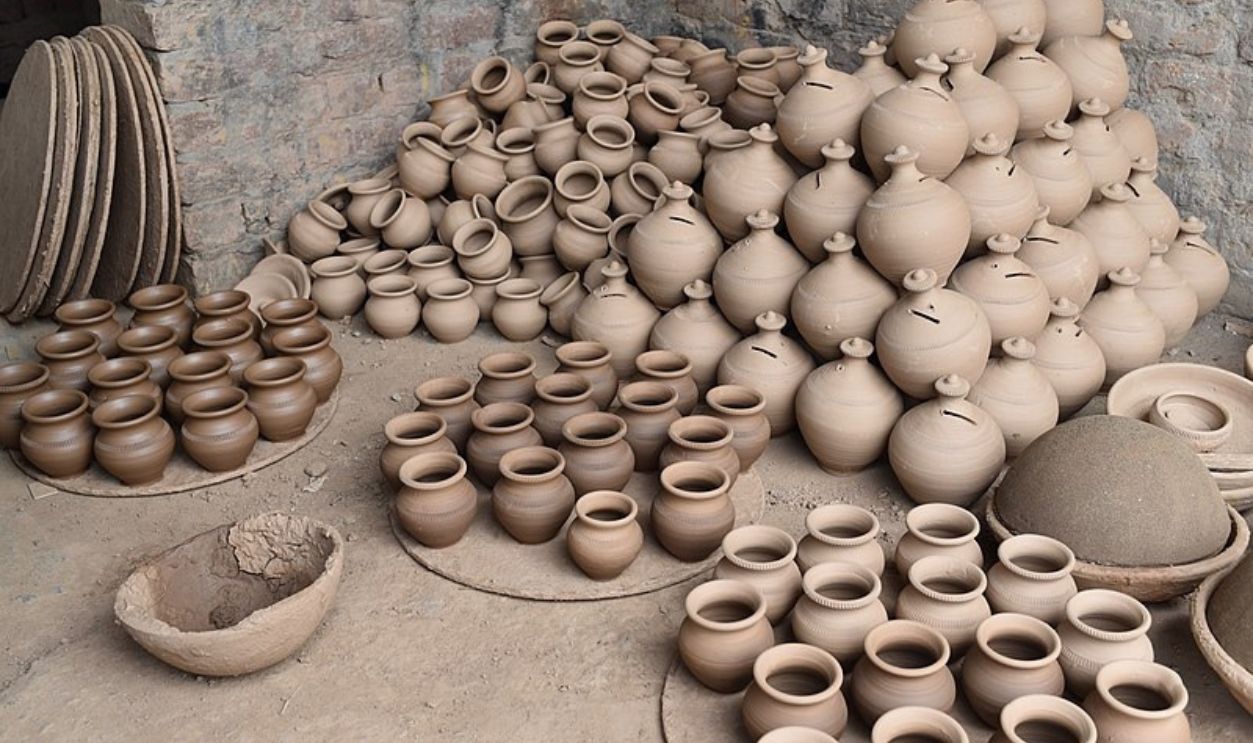 Gurdeep singh dhaliwal, CC BY-SA 4.0, Wikimedia Commons
Gurdeep singh dhaliwal, CC BY-SA 4.0, Wikimedia Commons
Hidden Meanings In Other Artifacts
Shell ornaments, often carved with intricate patterns, held their sacred meanings, too. Many were linked to water spirits, honoring the rivers that sustained Cahokia’s population. Burial artifacts, like tools and ceremonial items, were carefully placed. Each object spoke of a society that wove meaning into every aspect of life.
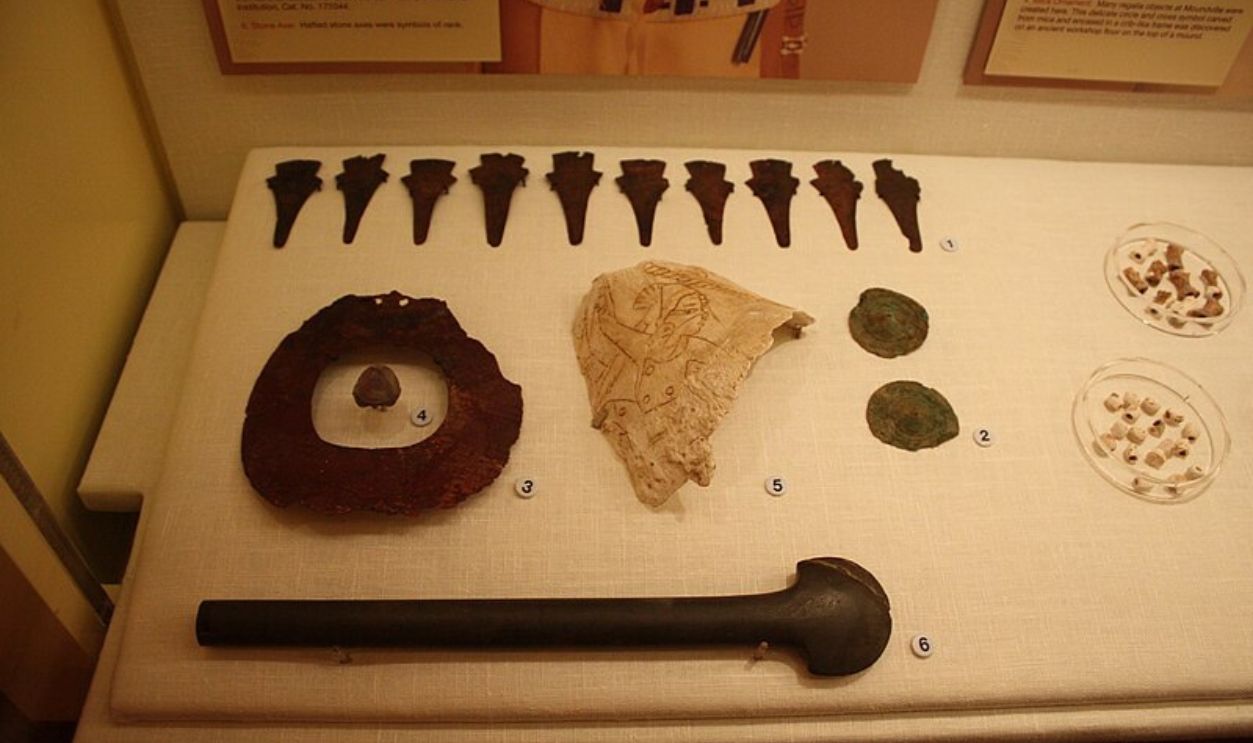 Jeffrey Reed, CC BY-SA 3.0, Wikimedia Commons
Jeffrey Reed, CC BY-SA 3.0, Wikimedia Commons
Evidence Of Conflict Or Defense Mechanisms In Cahokia
For a city as big as Cahokia, trouble wasn’t out of the question. There are signs of a wooden palisade surrounding parts of the city, built to fend off attacks. The presence of this barrier is enough to conclude that Cahokia’s leaders tried to protect their city.
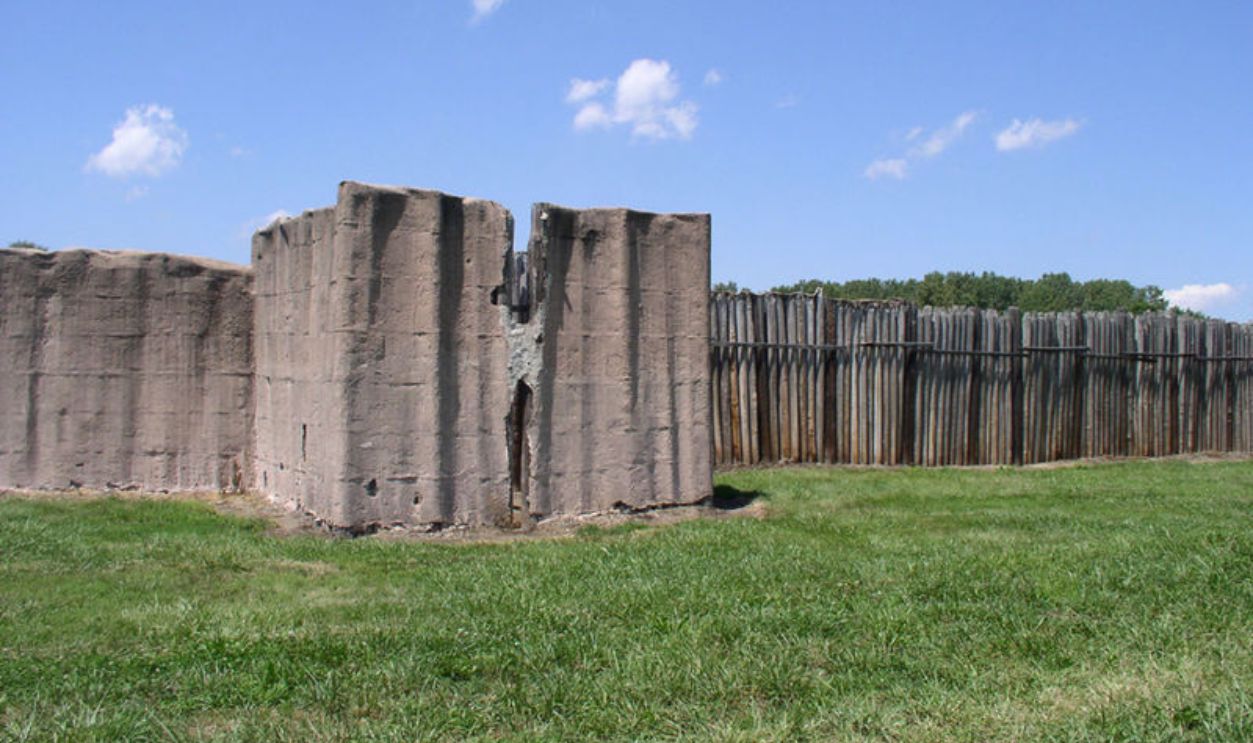 Herb Roe, www.chromesun.com, CC BY-SA 3.0, Wikimedia Commons
Herb Roe, www.chromesun.com, CC BY-SA 3.0, Wikimedia Commons
The Role Of Children In Cahokia’s Society
Children in Cahokia were as helpful as any other individuals at the time. Burial sites reveal beads and tools that mean those kids were involved in work or rituals. Whether it was learning daily tasks or participating in ceremonies, these kids were part of what made Cahokia tick.
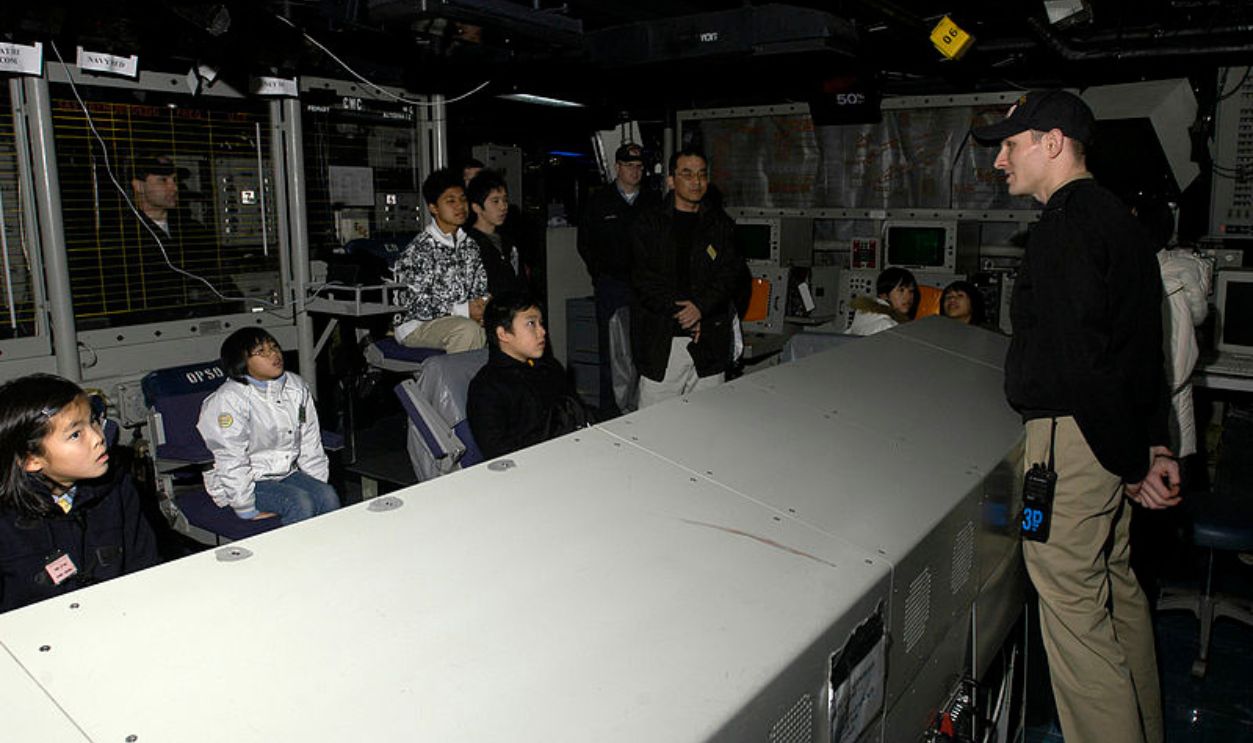 U.S. Navy photo by Photographer's Mate Airman Joshua LeGrand, Wikimedia Commons
U.S. Navy photo by Photographer's Mate Airman Joshua LeGrand, Wikimedia Commons
Theories About Cahokia’s Decline
Stories about the fall of Cahokia range from climate change to political collapse. Some suggest internal strife was caused by class tensions, while others point to long-term droughts that disrupted agriculture. Whatever the cause, Cahokia’s disappearance remains one of history’s most fascinating mysteries.
Signs Of Overpopulation And Stress
Rapid growth may have played a part in the city’s undoing. During excavations, researchers figured out that there are signs of overcrowding, resource depletion, and even malnutrition in some remains. So, this means the city might have outgrown its capacity to sustain the population.
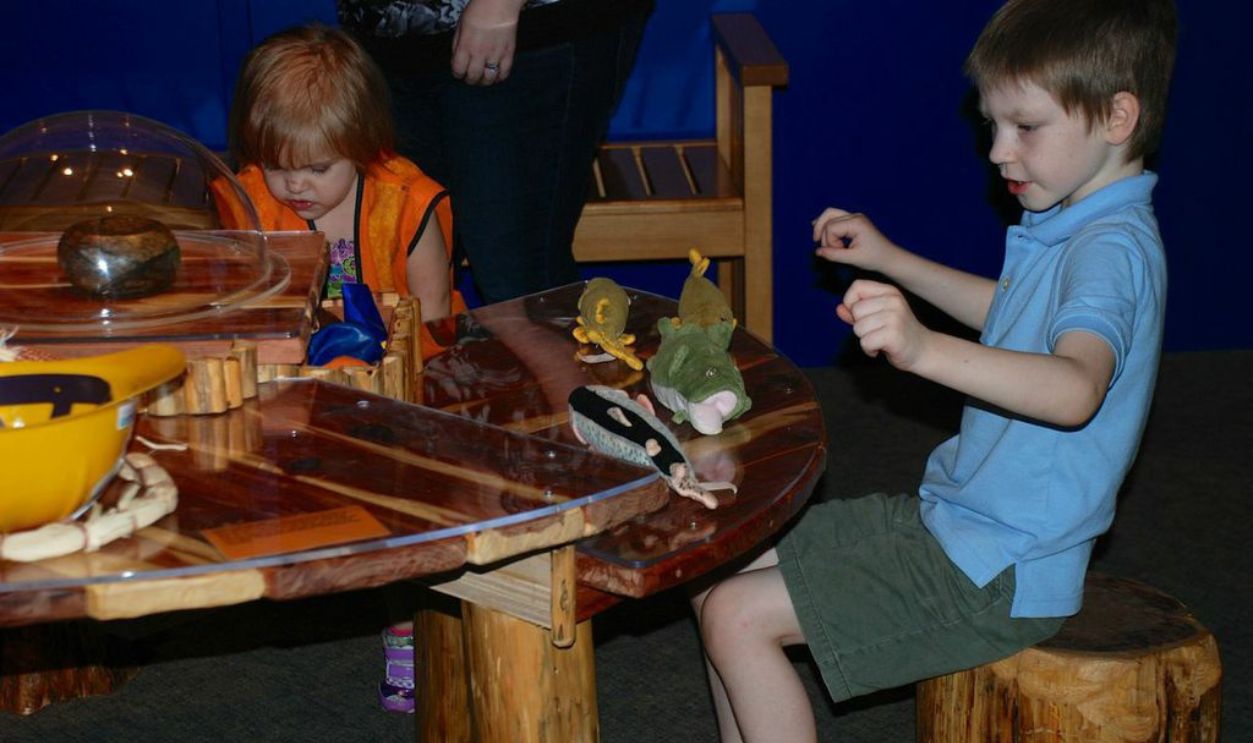 Missouri Historical Society, Flickr
Missouri Historical Society, Flickr
Environmental Challenges Linked To Cahokia’s Decline
Deforestation was also a reason behind its decline. Evidence of flooding tells us that environmental degradation played a critical role in the city’s decline. The building of huge mounds and numerous homes may have led to soil erosion, and over-farming must have strained the land.
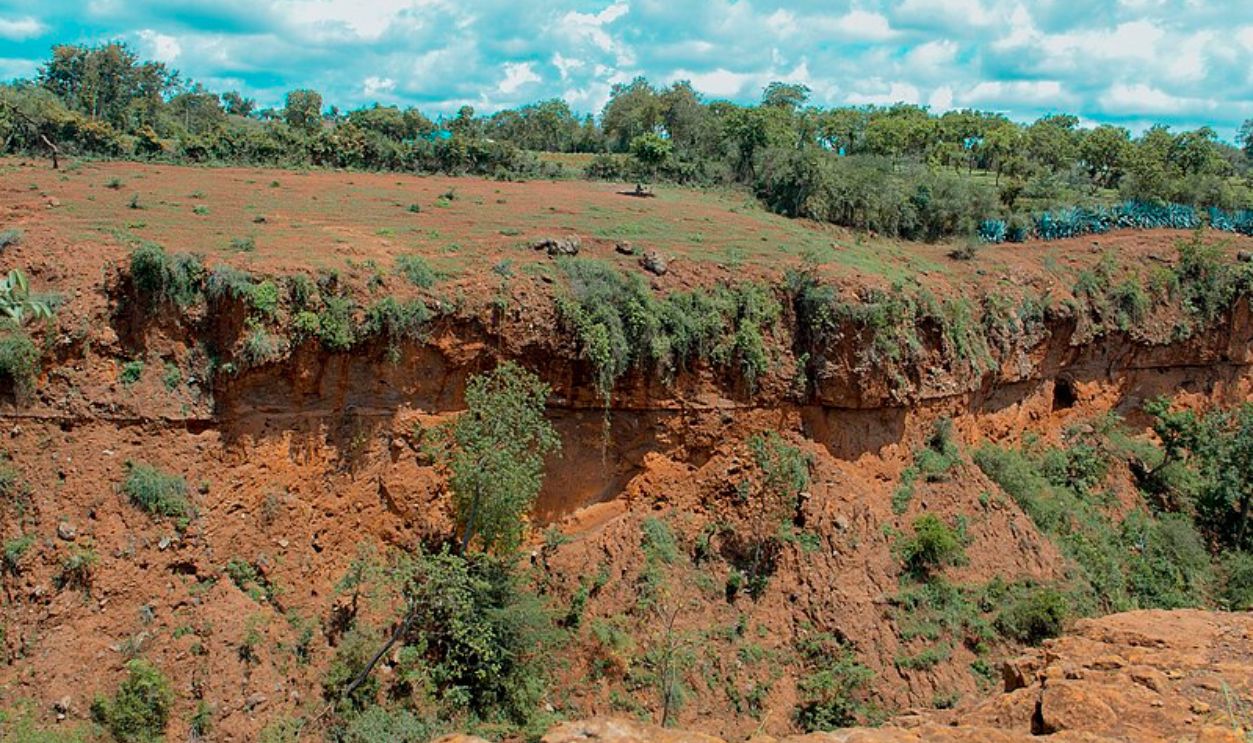 Mohamed mfuu, CC BY-SA 4.0, Wikimedia Commons
Mohamed mfuu, CC BY-SA 4.0, Wikimedia Commons
The Mysterious Disappearance Of Cahokia’s Leaders
The absence of elite graves during Cahokia’s final years raises questions about what happened to its leaders. Some researchers theorize they lost control due to political unrest or environmental pressures. Whatever the case, their sudden absence likely left the city vulnerable to collapse.
Cahokia’s Influence On Modern Indigenous Tribes
There are oral traditions among tribes like the Osage and Quapaw that talk about practices similar to those of the Cahokia. Elements like mound-building and ceremonial gatherings mean that Cahokia’s life didn’t just disappear—it evolved and lived on in the traditions of possible descendants.
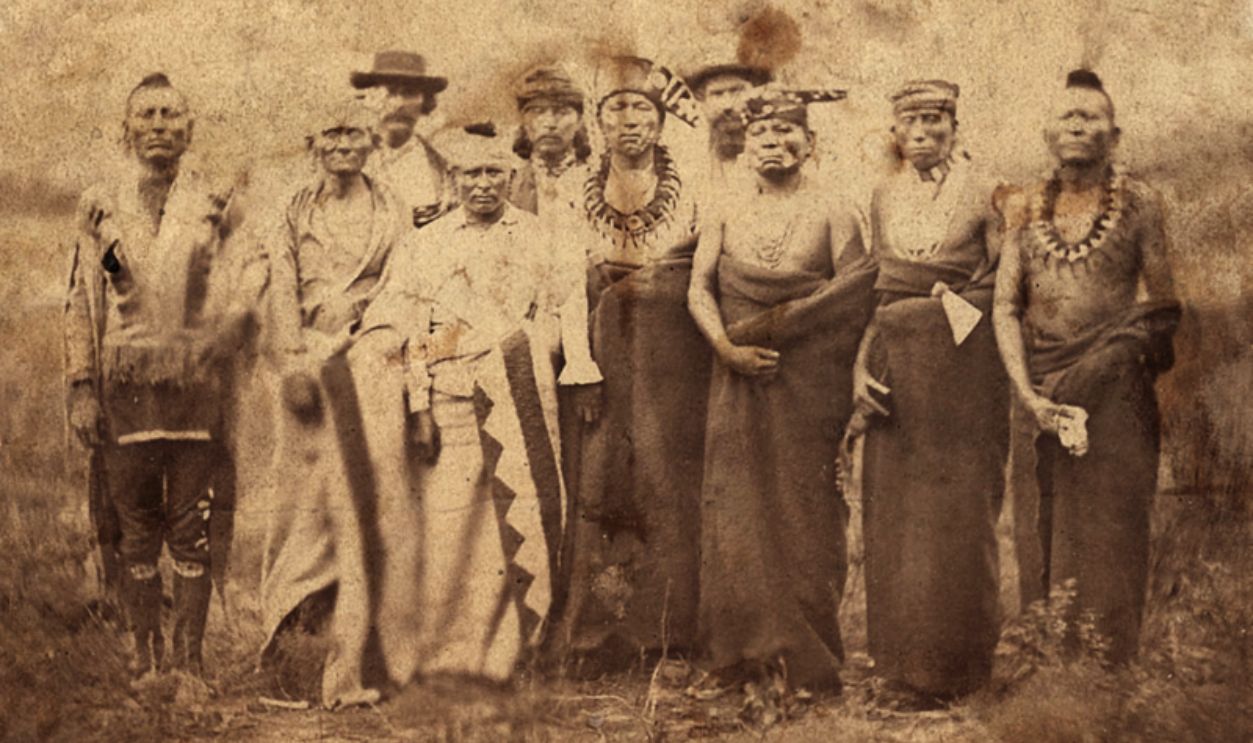 William Henry Blackmore (1827-1878), Wikimedia Commons
William Henry Blackmore (1827-1878), Wikimedia Commons
The Importance Of UNESCO’s Recognition
In 1982, UNESCO recognized Cahokia as a World Heritage Site and fixed its status as a global treasure. This designation has brought attention to the lost city’s historical importance. It also ignited a focus on its preservation efforts and inspired pride in one of America’s most significant ancient civilizations.
Cahokia’s Conservation Projects
Protecting Cahokia’s mounds is a mix of traditional techniques and modern innovations. Erosion control is achieved through careful landscaping, like planting native grasses to stabilize soil and precision grading to redirect water flow. Archaeologists also use laser scanning to monitor structural changes, ensuring timely interventions for vulnerable areas.
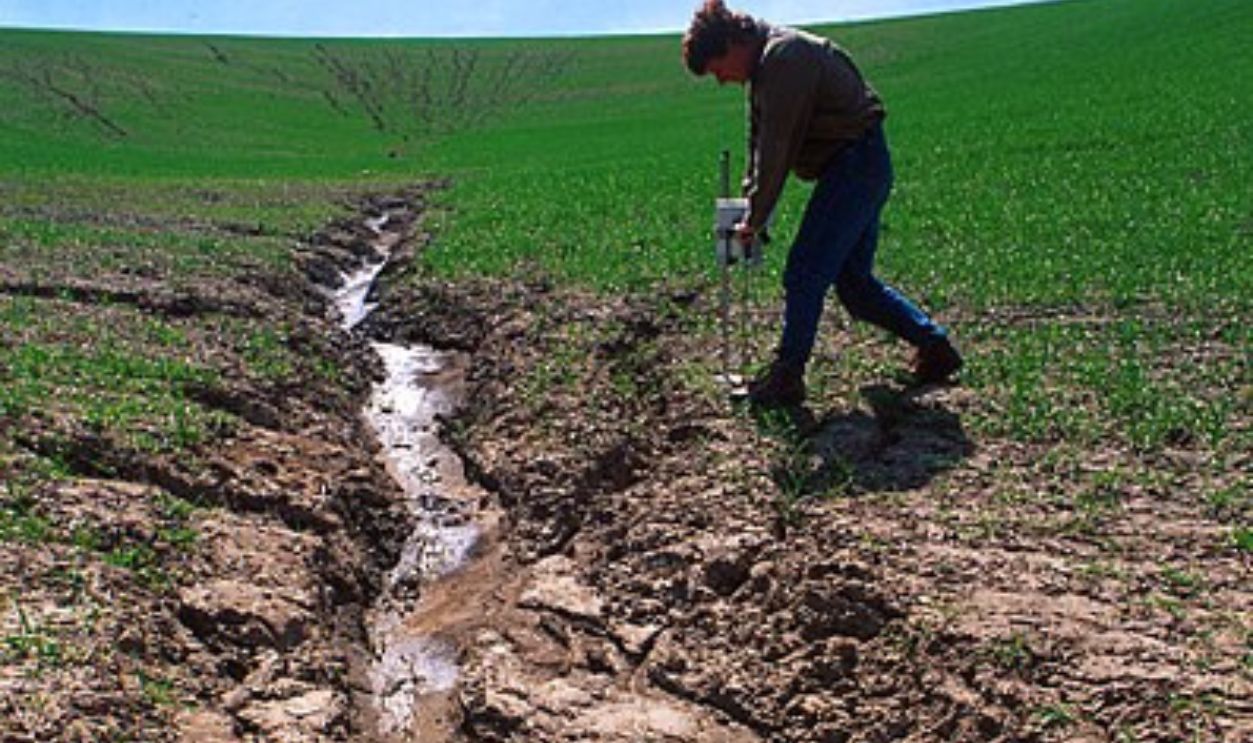 Jack Dykinga, Wikimedia Commons
Jack Dykinga, Wikimedia Commons
The Role Of Locals And Agencies
Local communities and state agencies collaborate with experts to preserve Cahokia’s cultural scene. Regular site maintenance, detailed restoration projects, and visitor education programs are in place to minimize human impact. These collective efforts make Cahokia not just a protected site but a living classroom for historical and environmental stewardship.
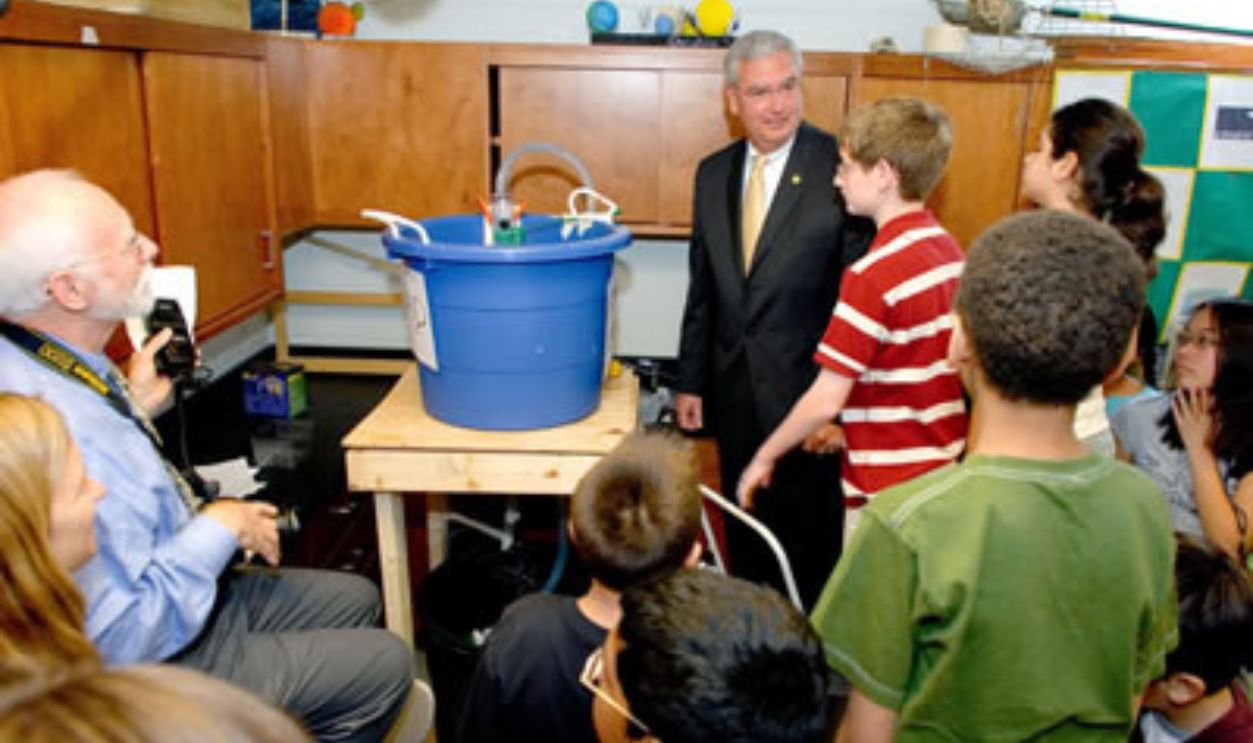 USEPA Environmental-Protection-Agency, Wikimedia Commons
USEPA Environmental-Protection-Agency, Wikimedia Commons
Modern-Day Depiction Of Cahokia’s Story
At the heart of the Cahokia Mounds State Historic Site, the Interpretive Center stands as a gateway to the past. Visitors can explore ancient artifacts, reconstructed models of mounds, and exhibits on the lives of Cahokia’s people. Every display paints a vivid picture of a civilization.
Guided Tours, Events, And Educational Camps
Bringing this history to life extends beyond exhibits. Programs like archaeology camps for children and guided tours for visitors of all ages invite hands-on learning. Events like Indian Market Days honor the Native American tribes by blending storytelling, crafts, and music with the awe of standing on sacred ground.
Preservation And Ongoing Studies
This education is also about connection. Collaborations with Southern Illinois University and other institutions continue to uncover Cahokia’s secrets and turn academic findings into accessible stories for the public. The efforts of the Cahokia Mounds Museum Society further uphold the respect and understanding for generations to come.

